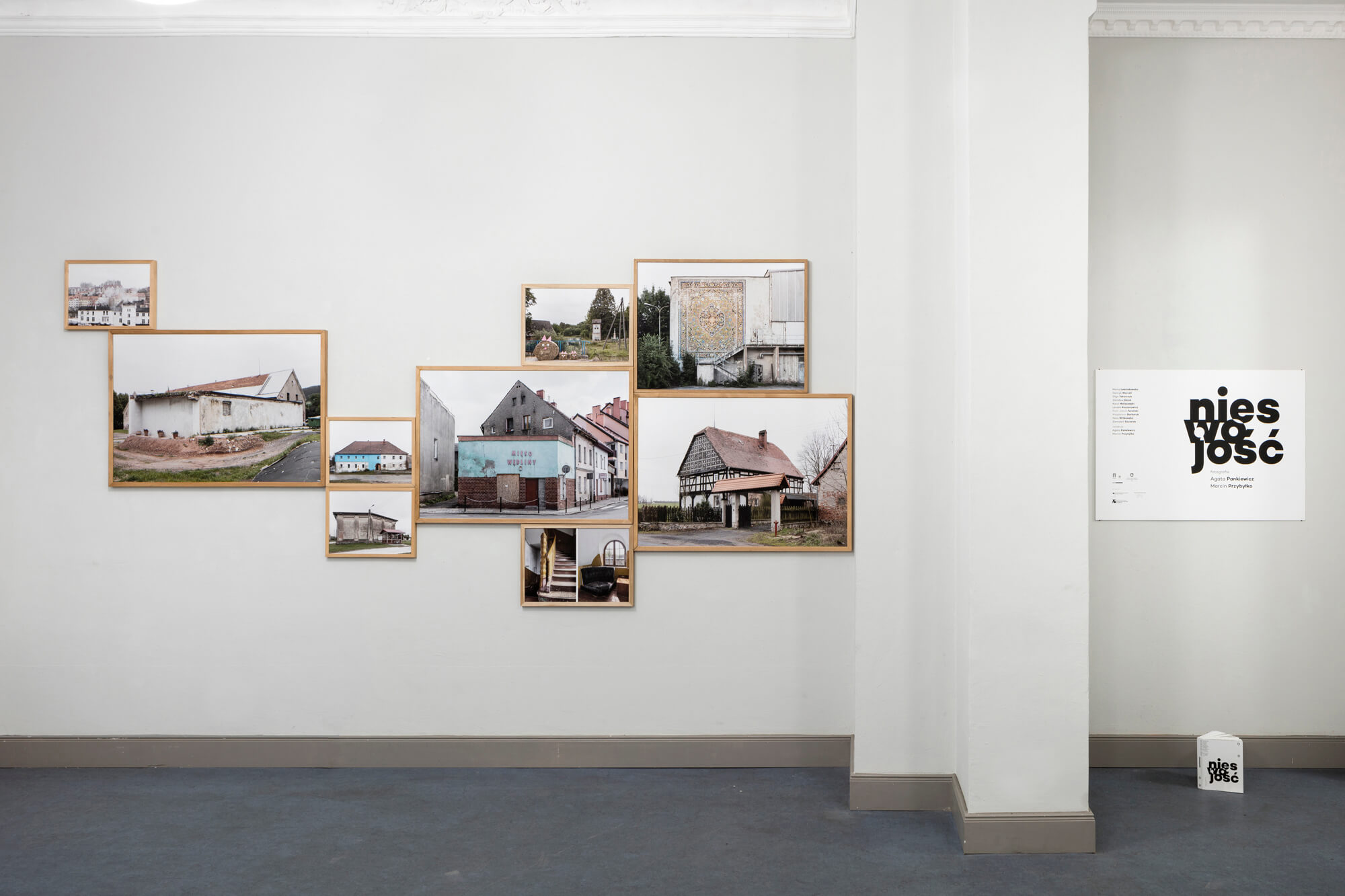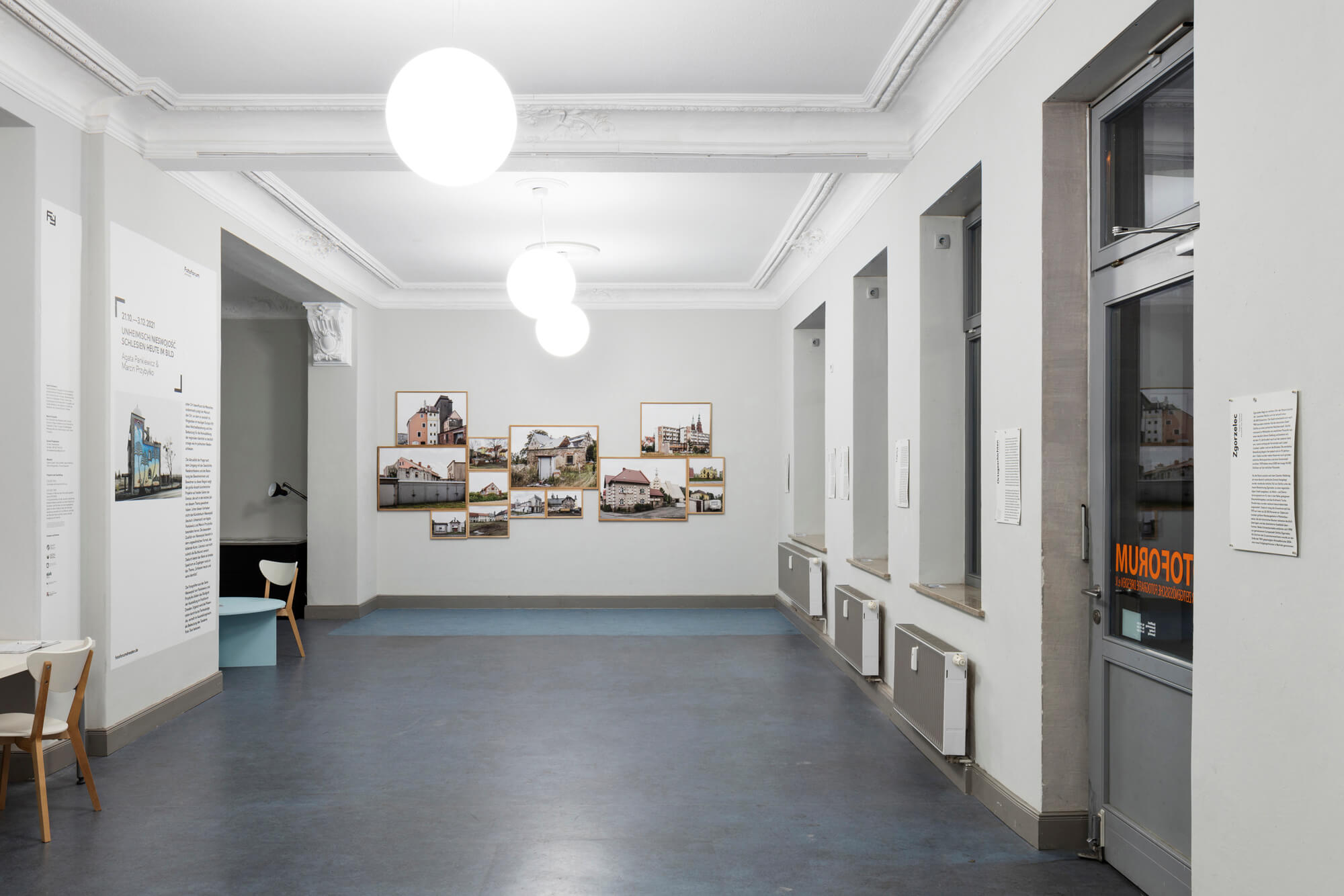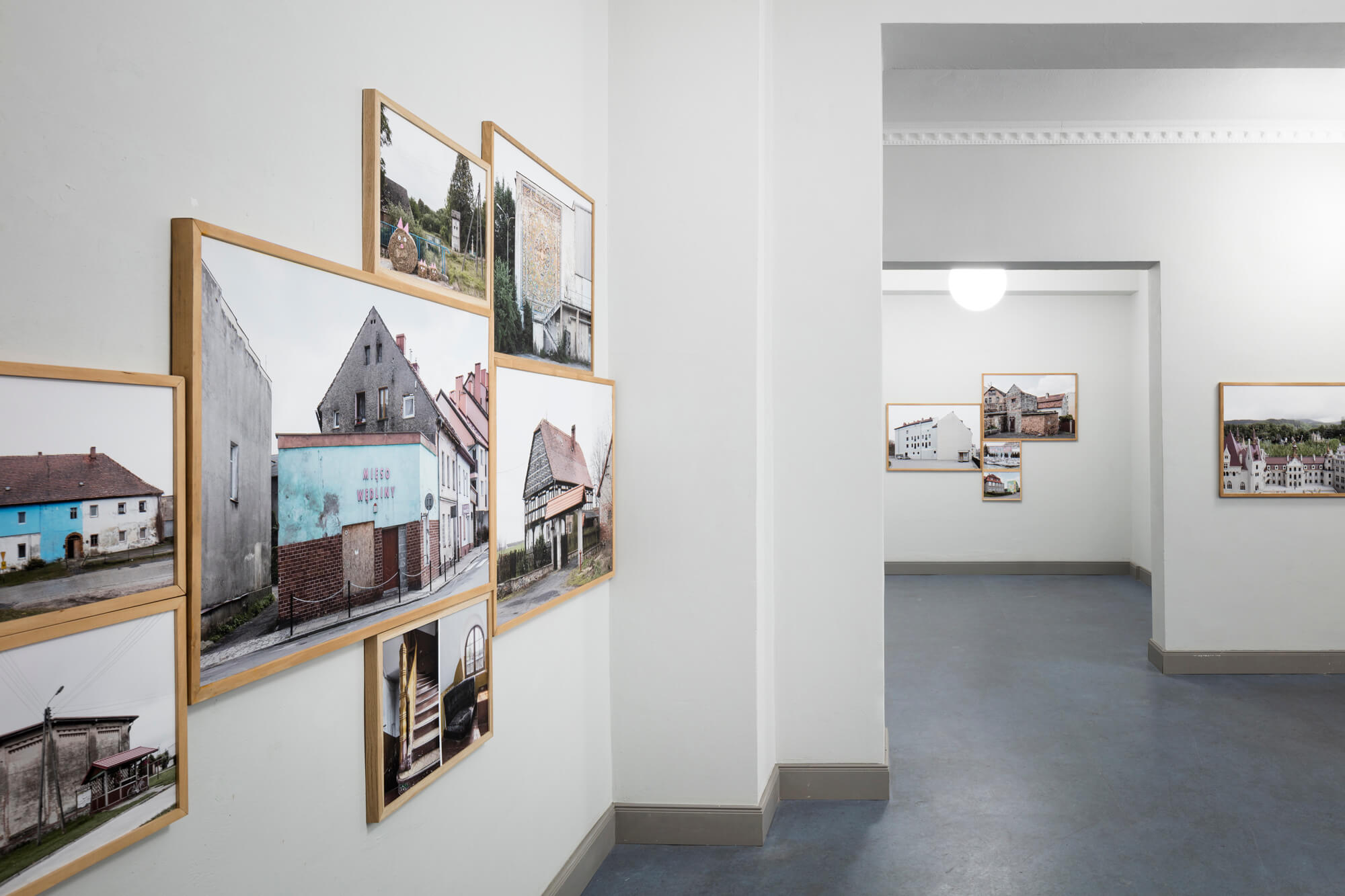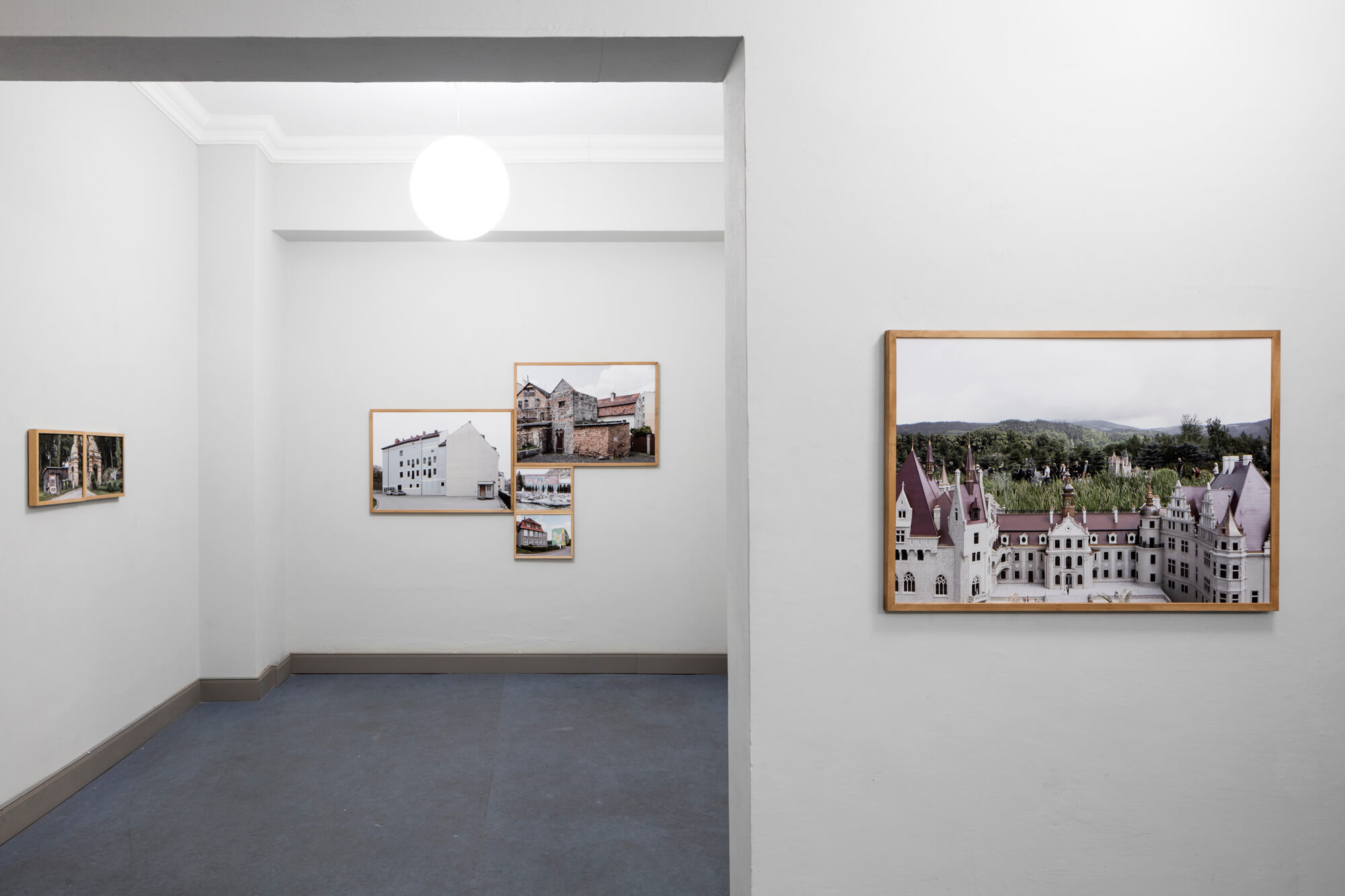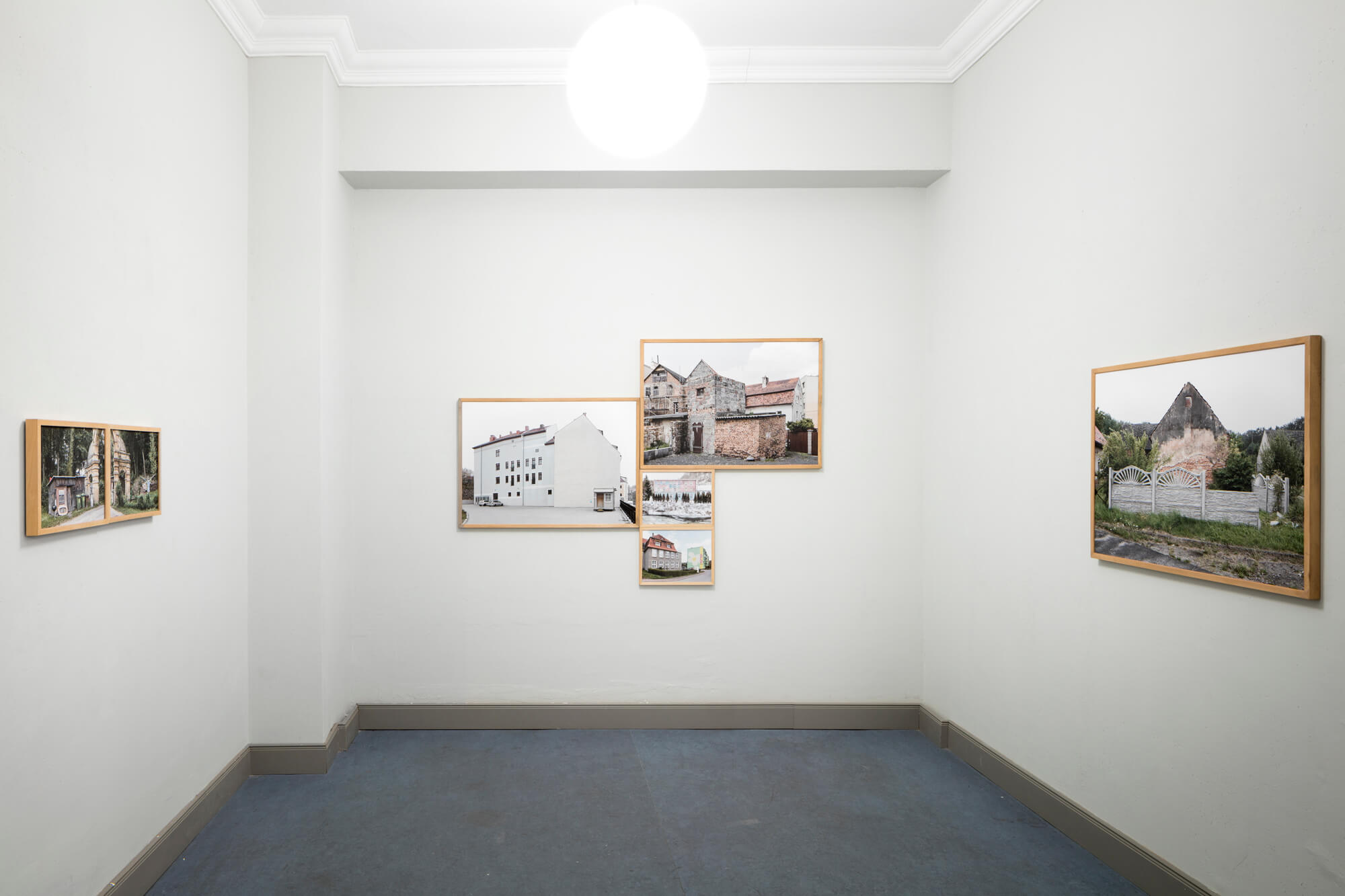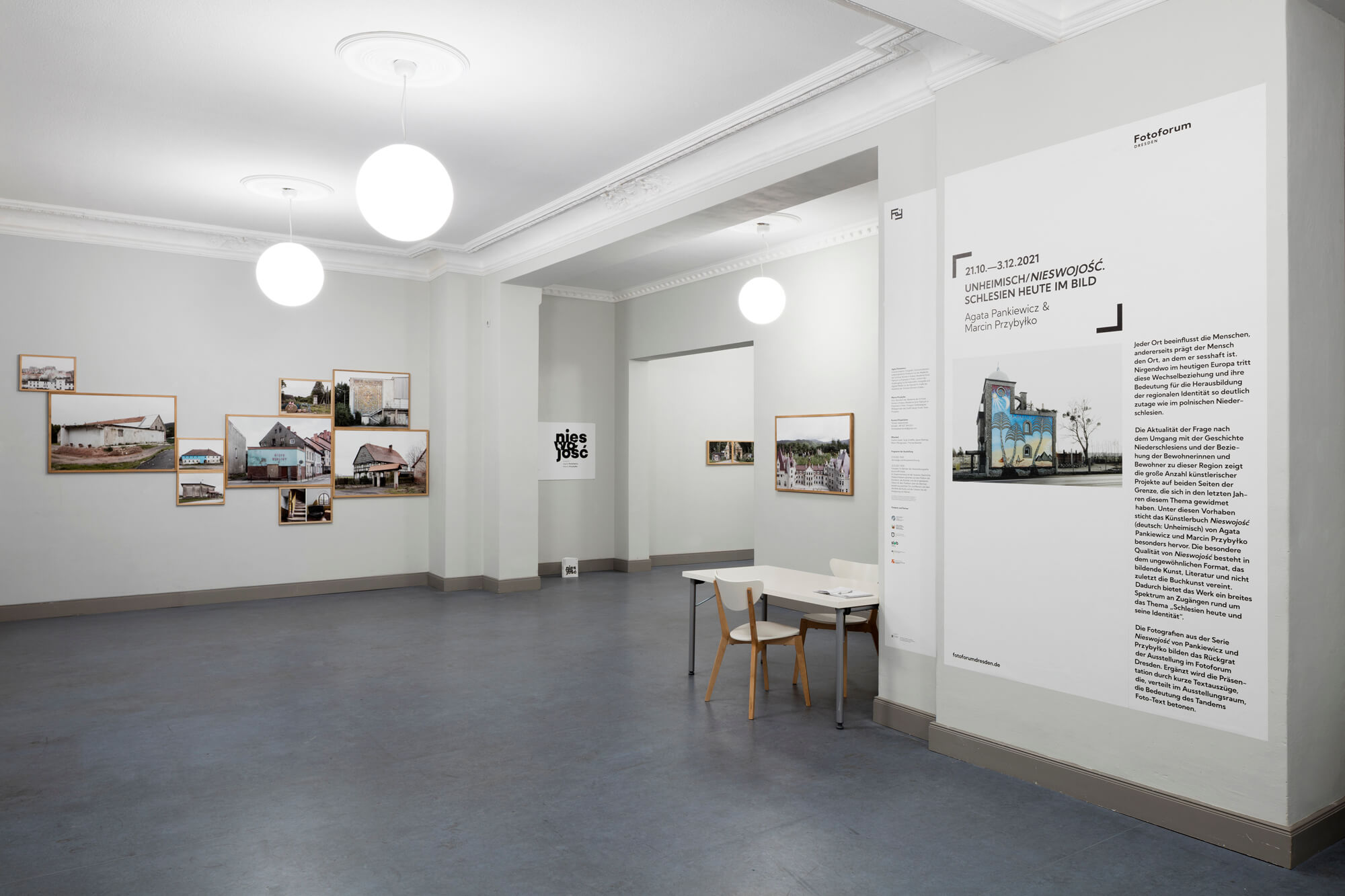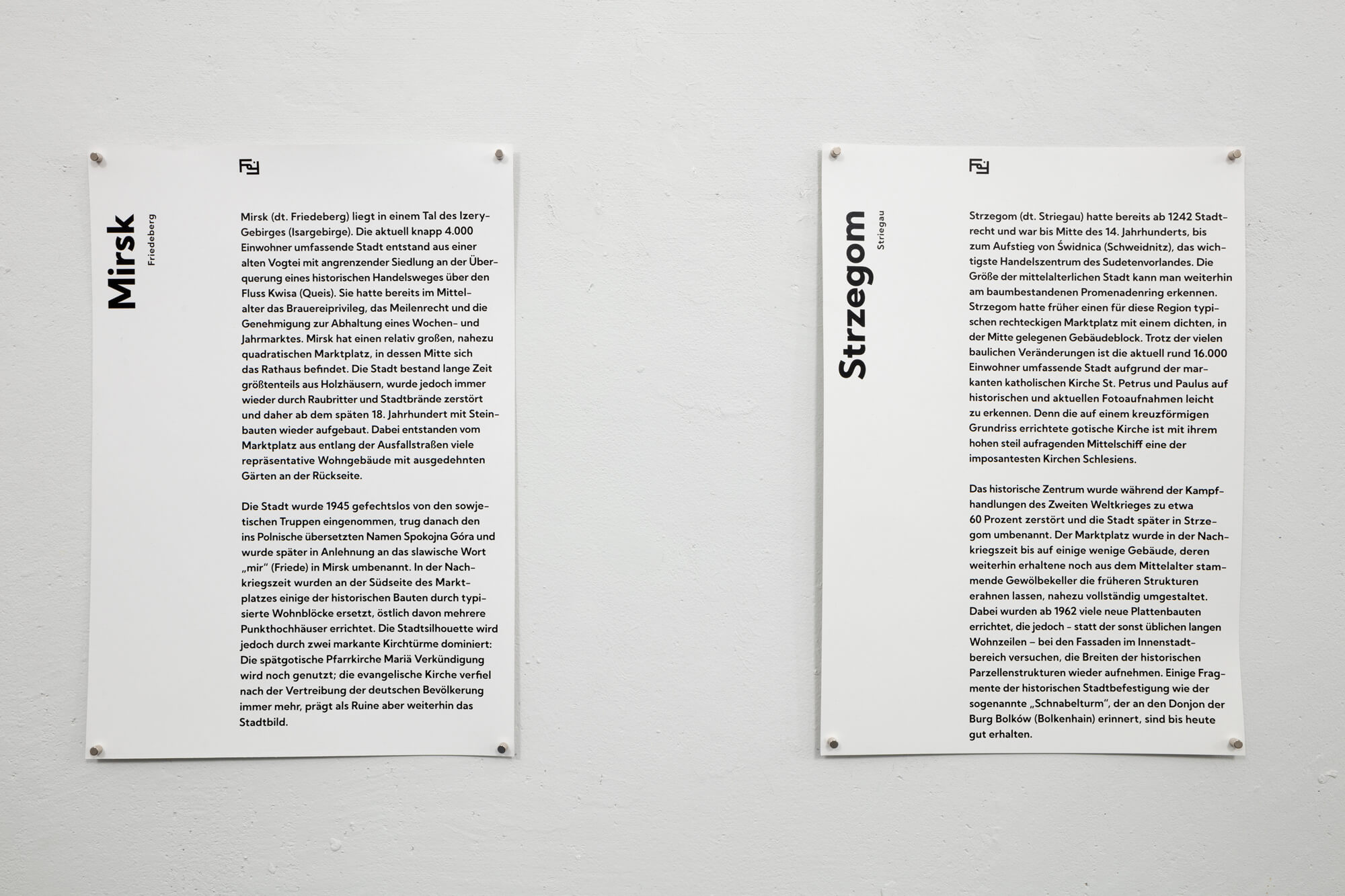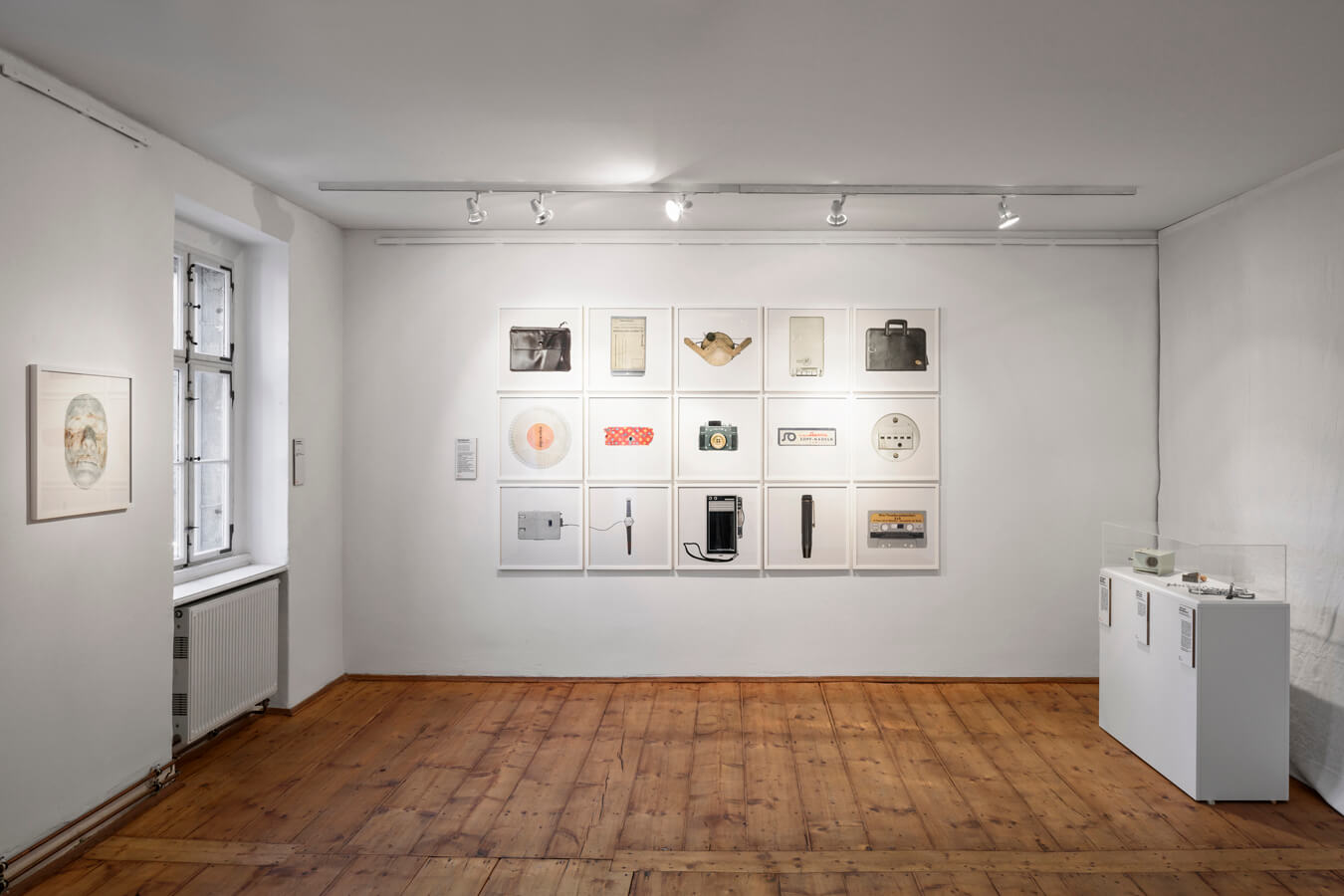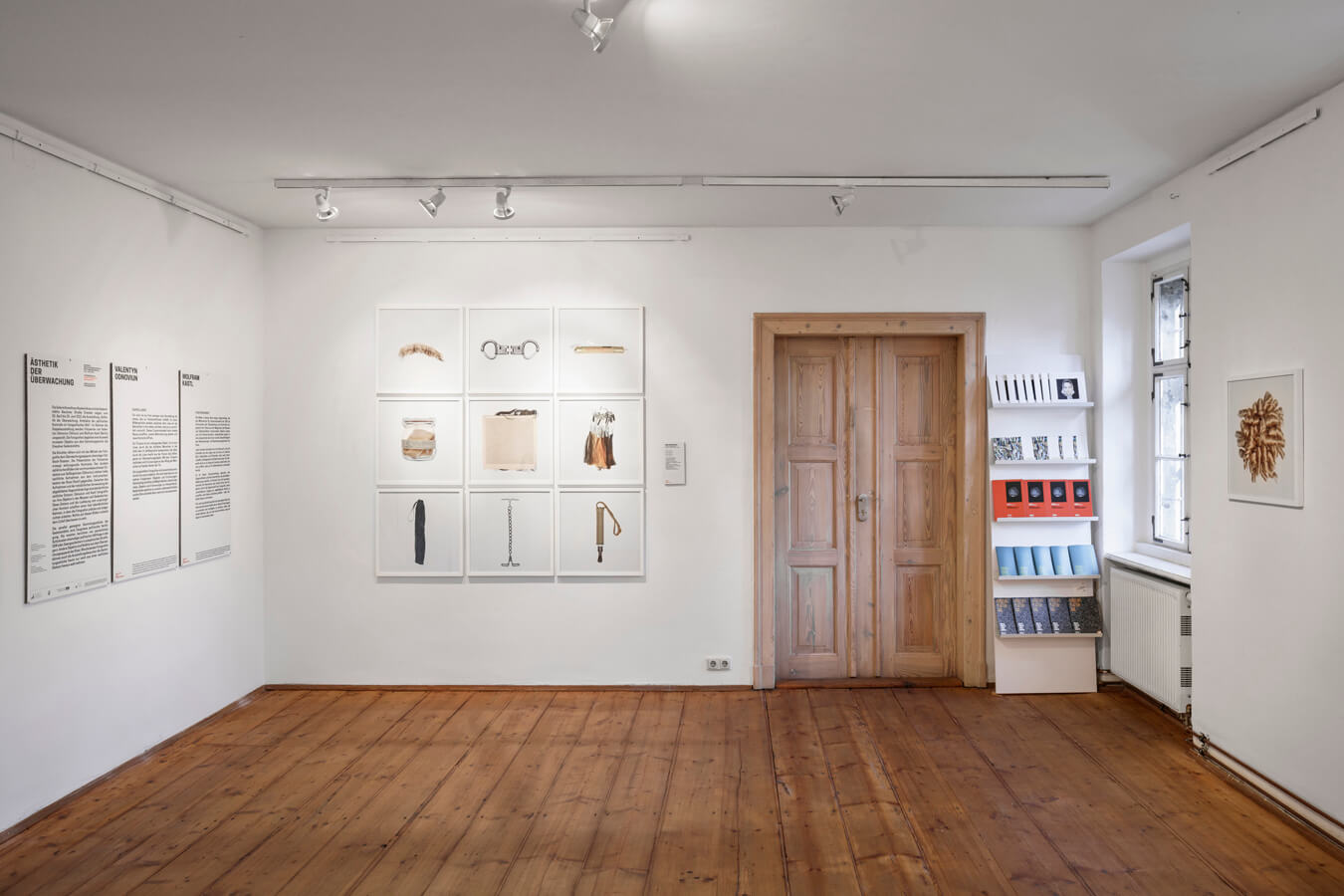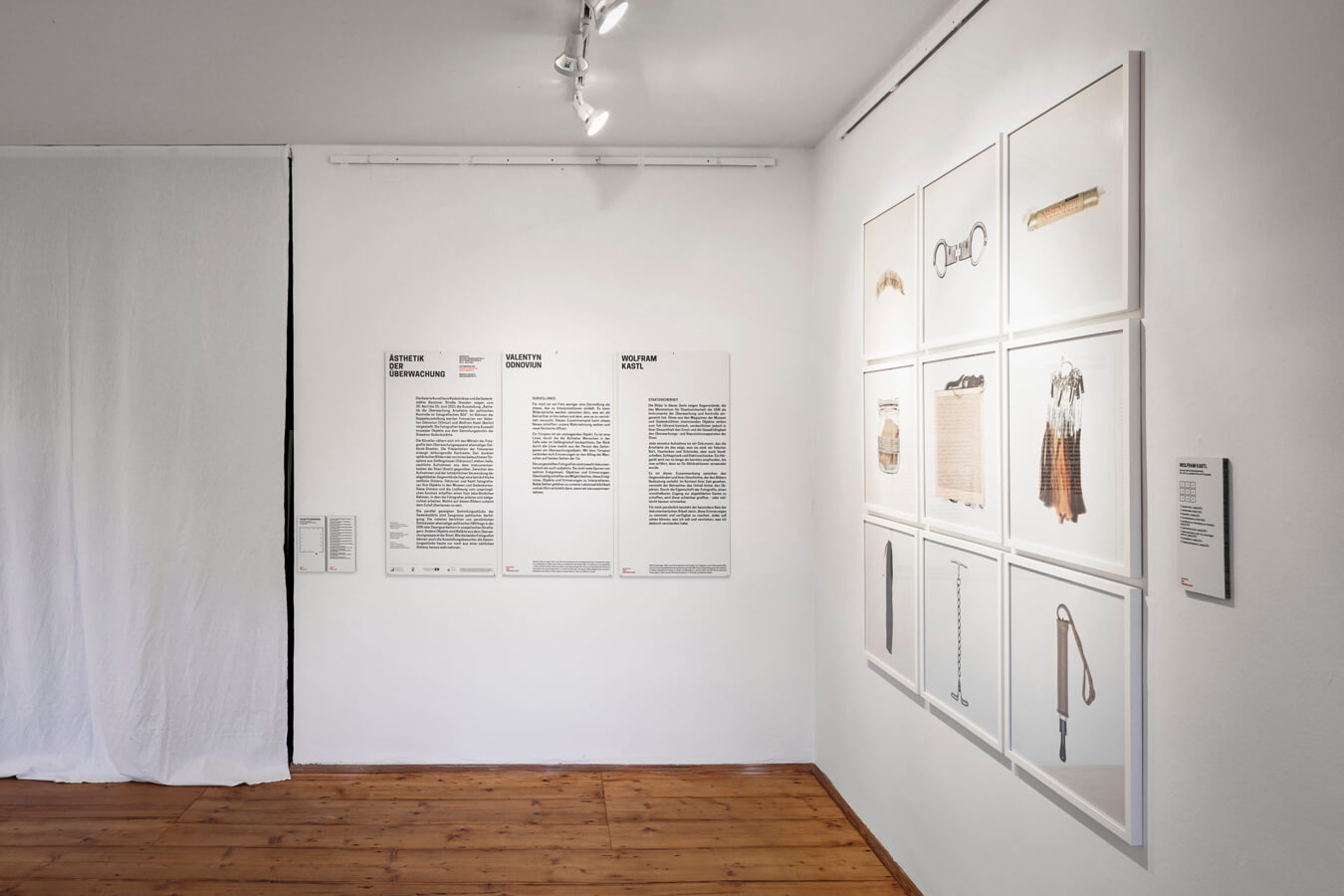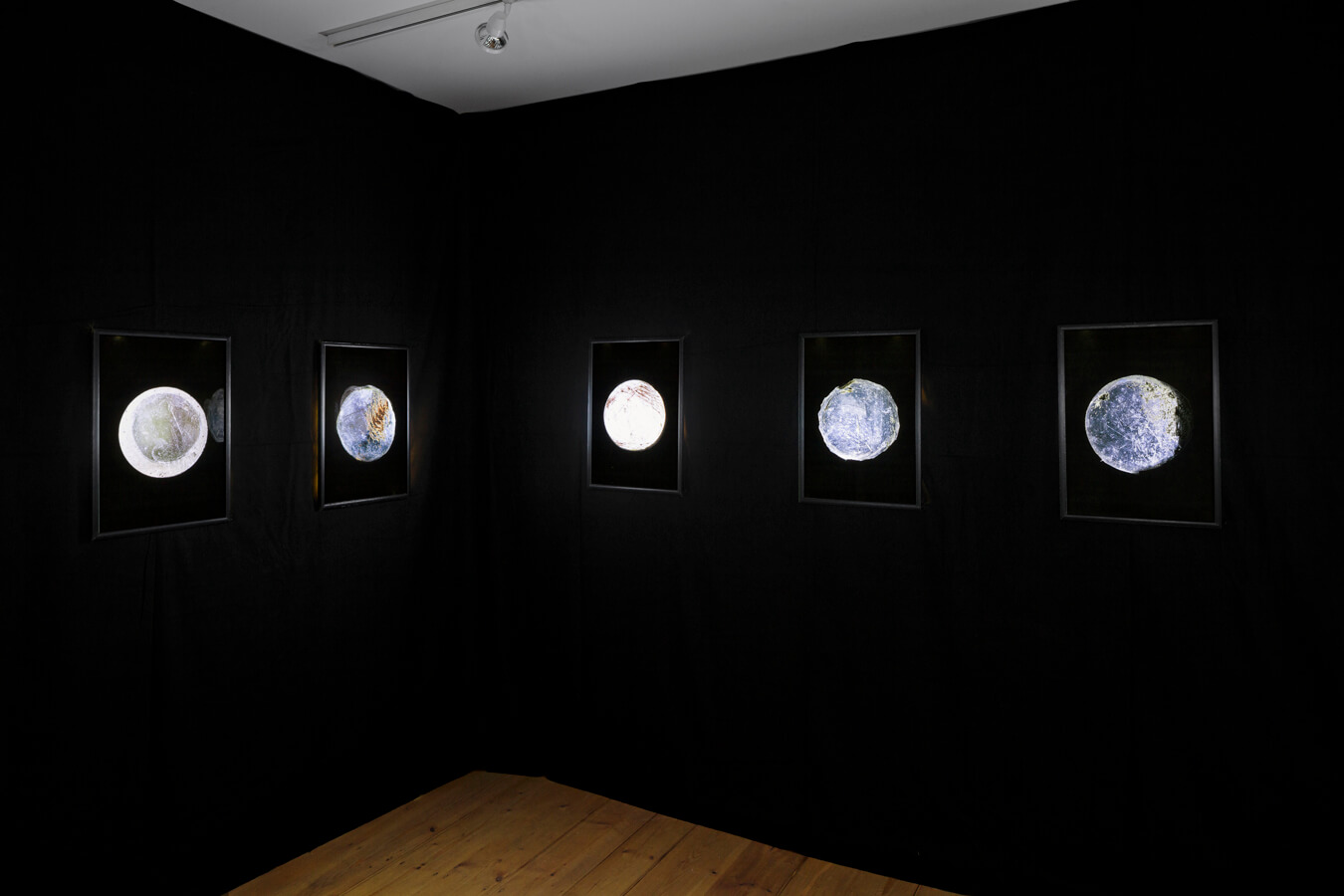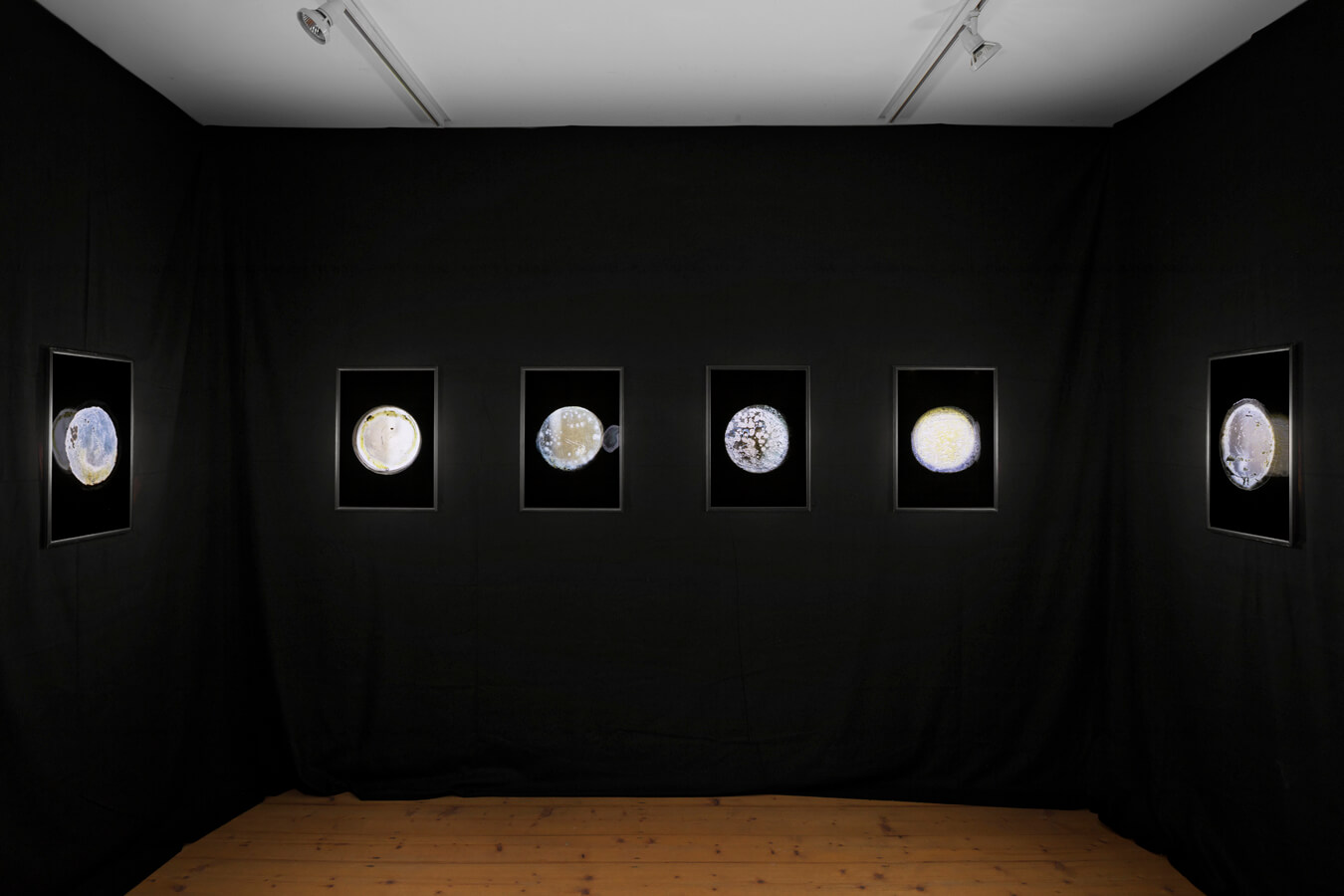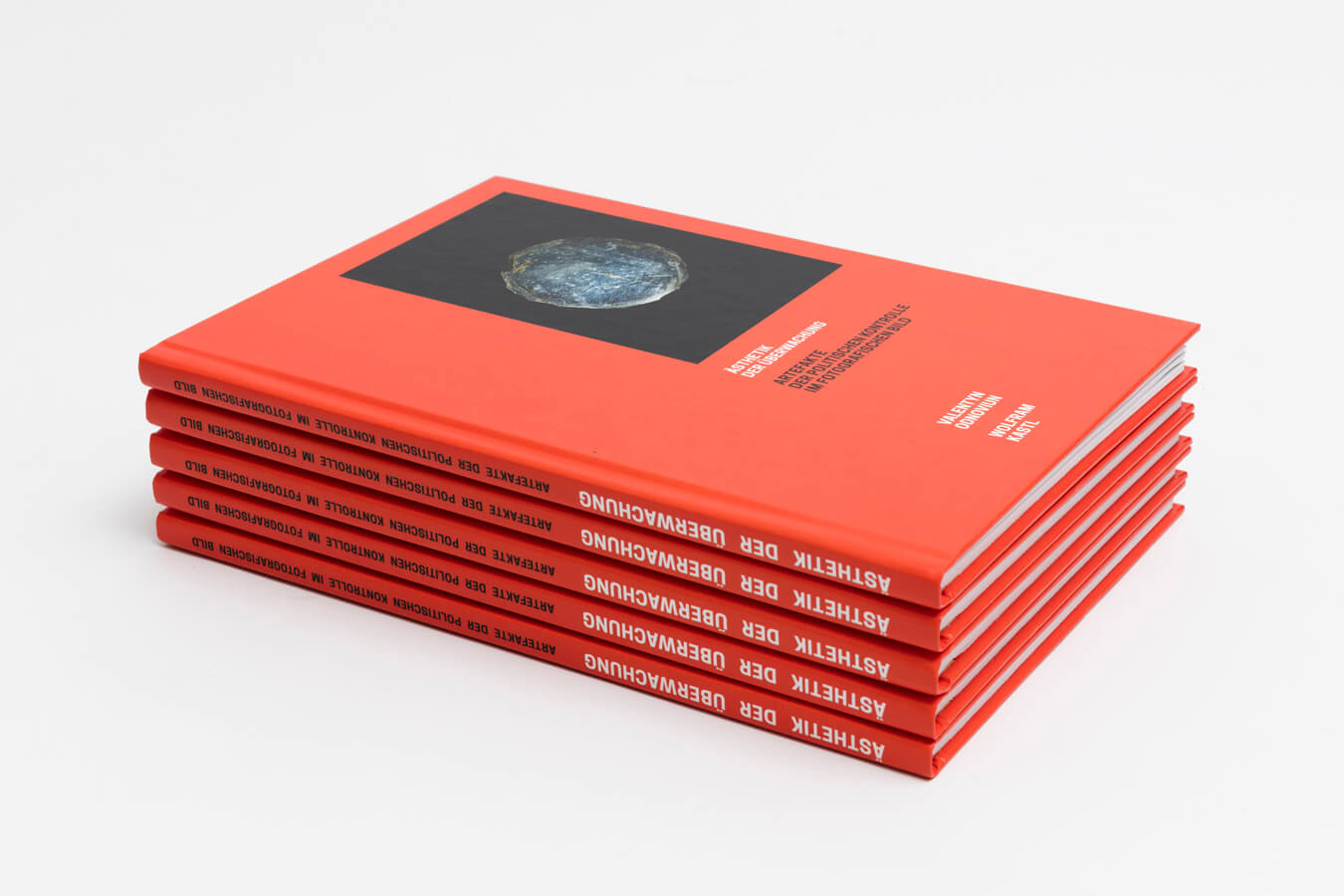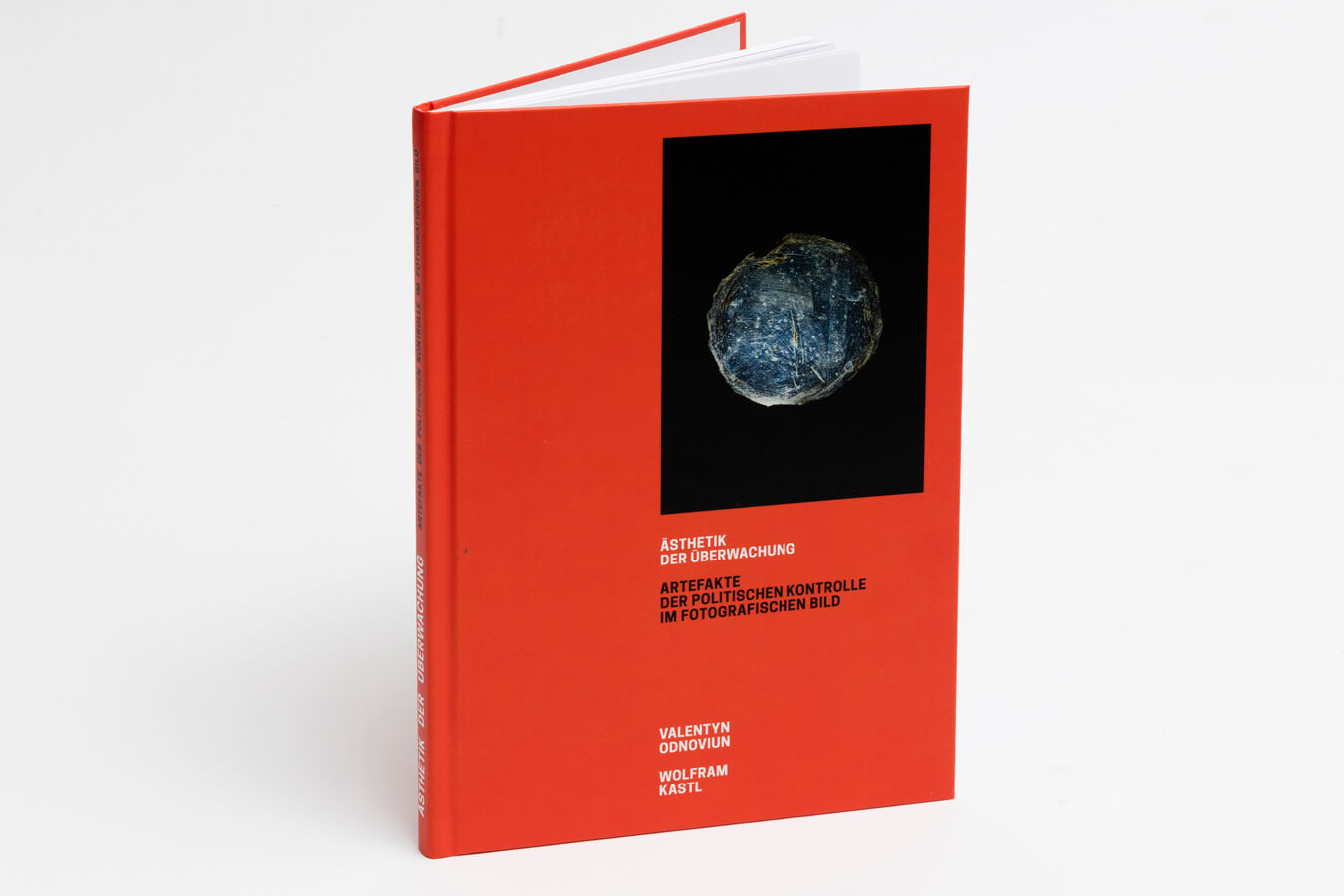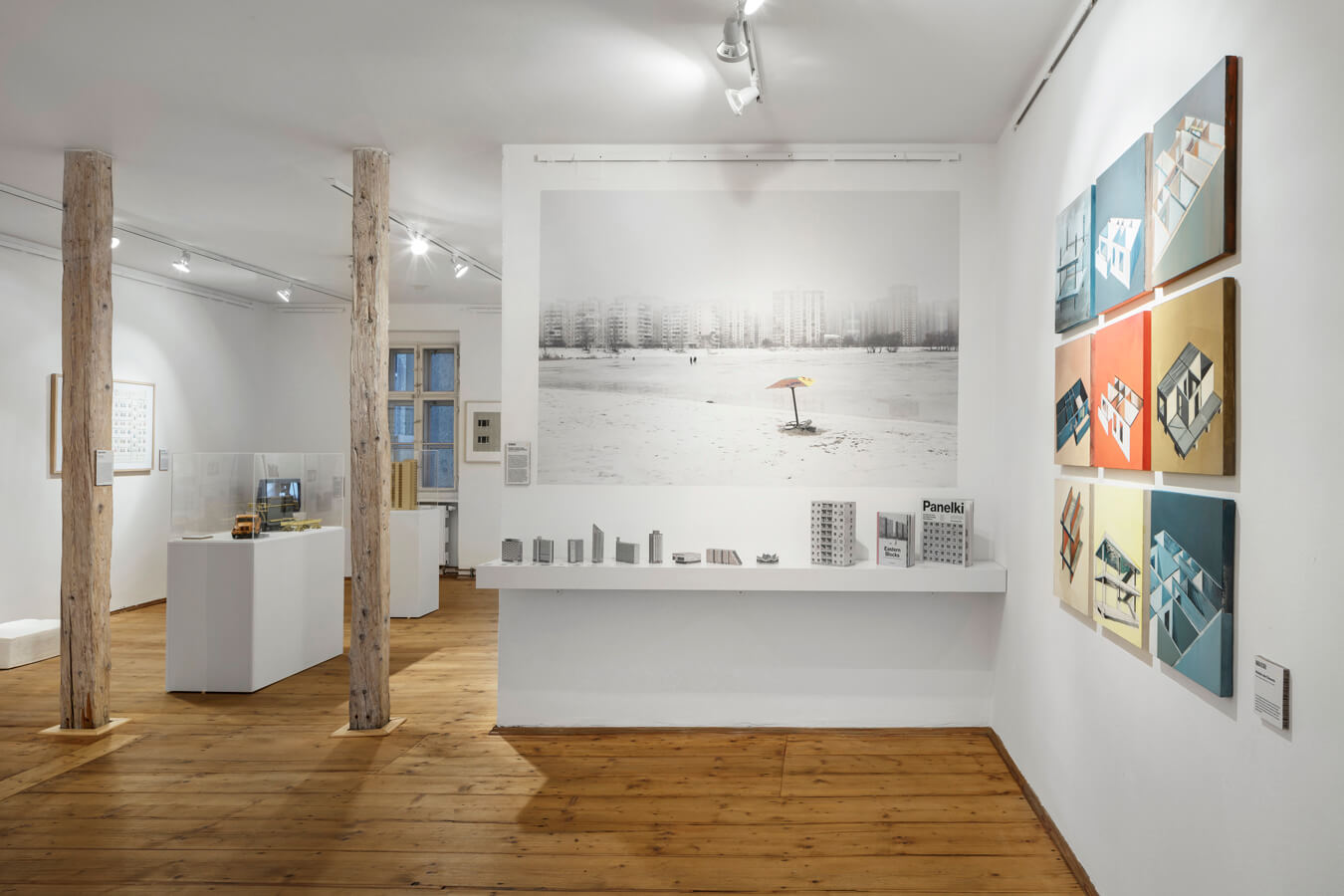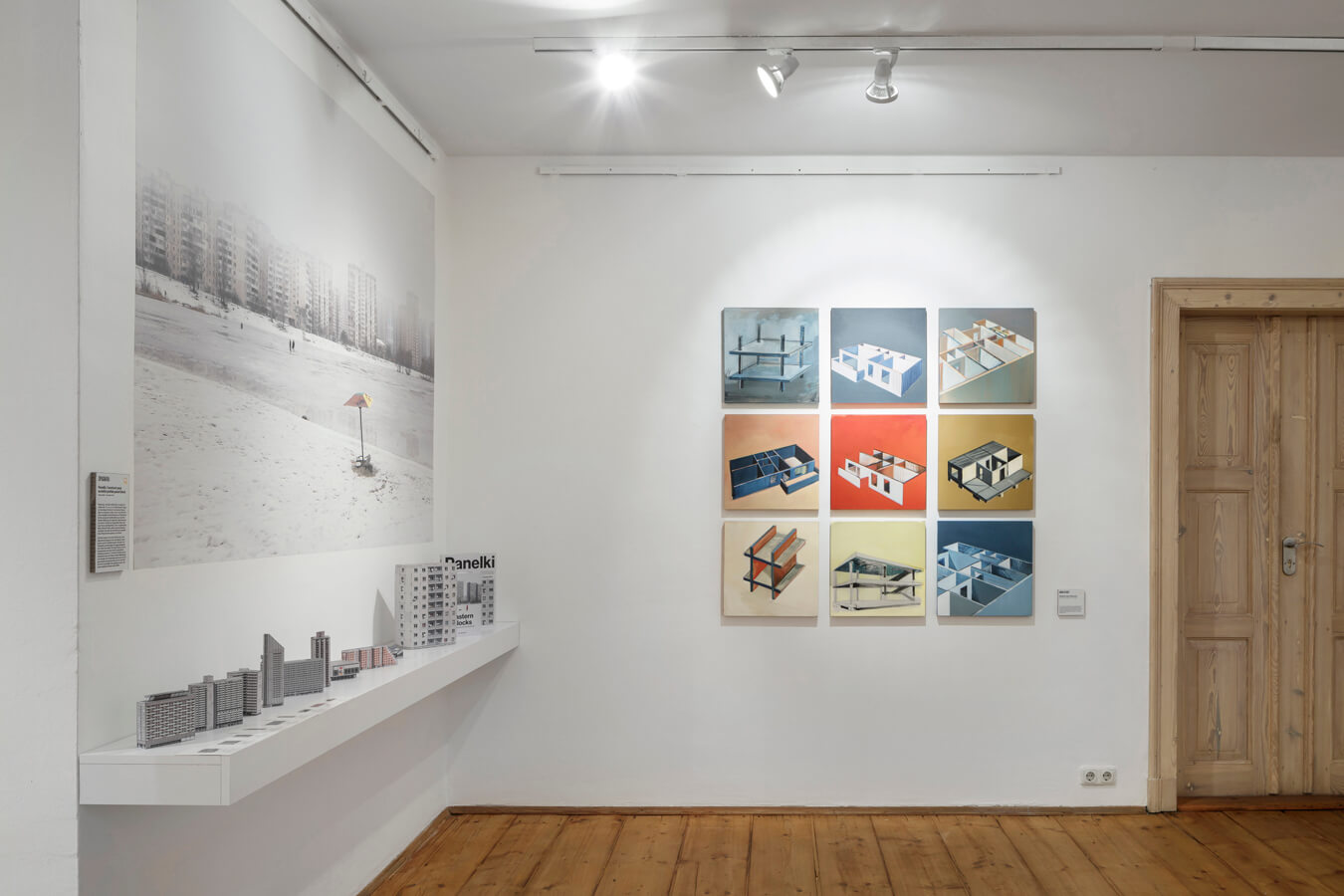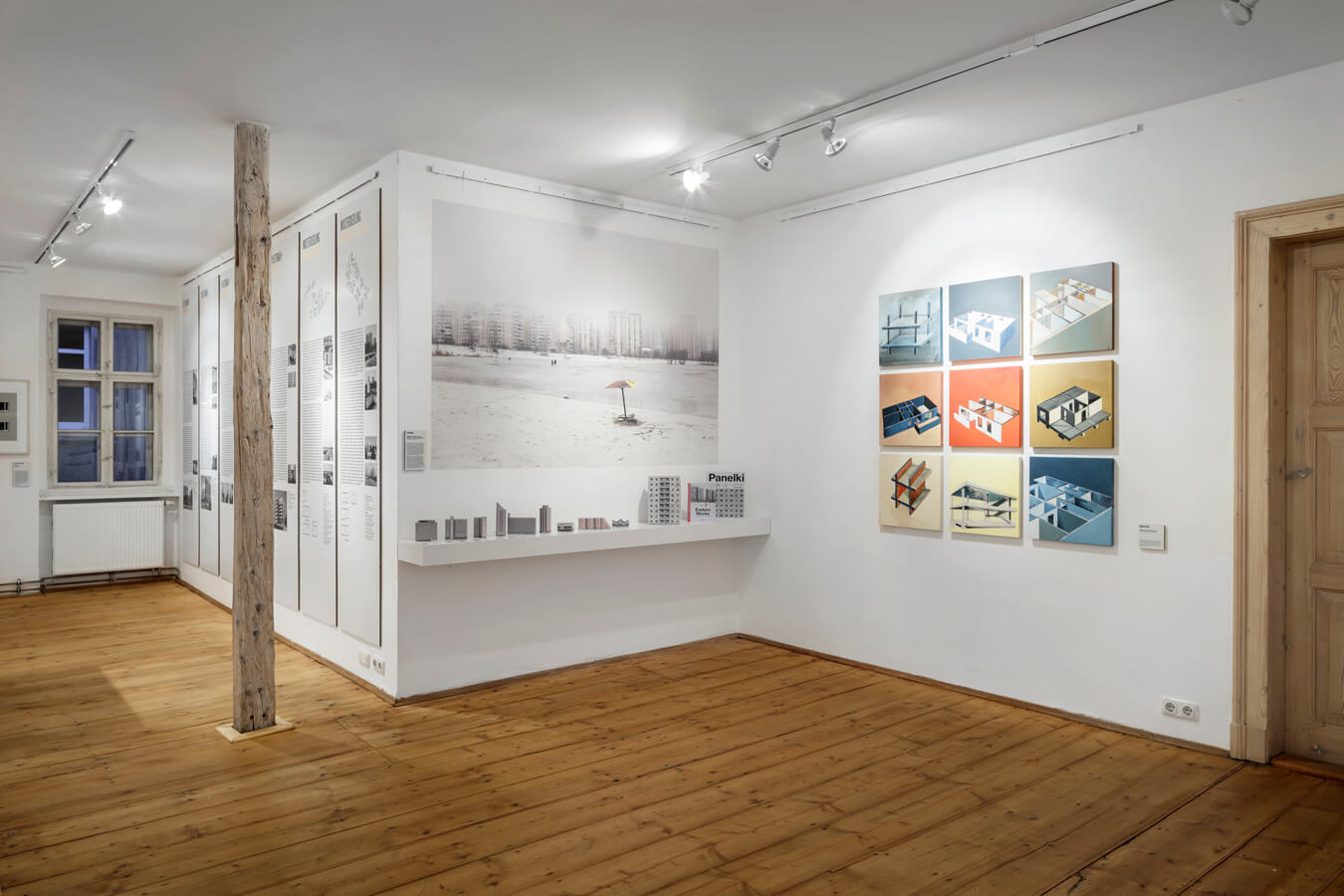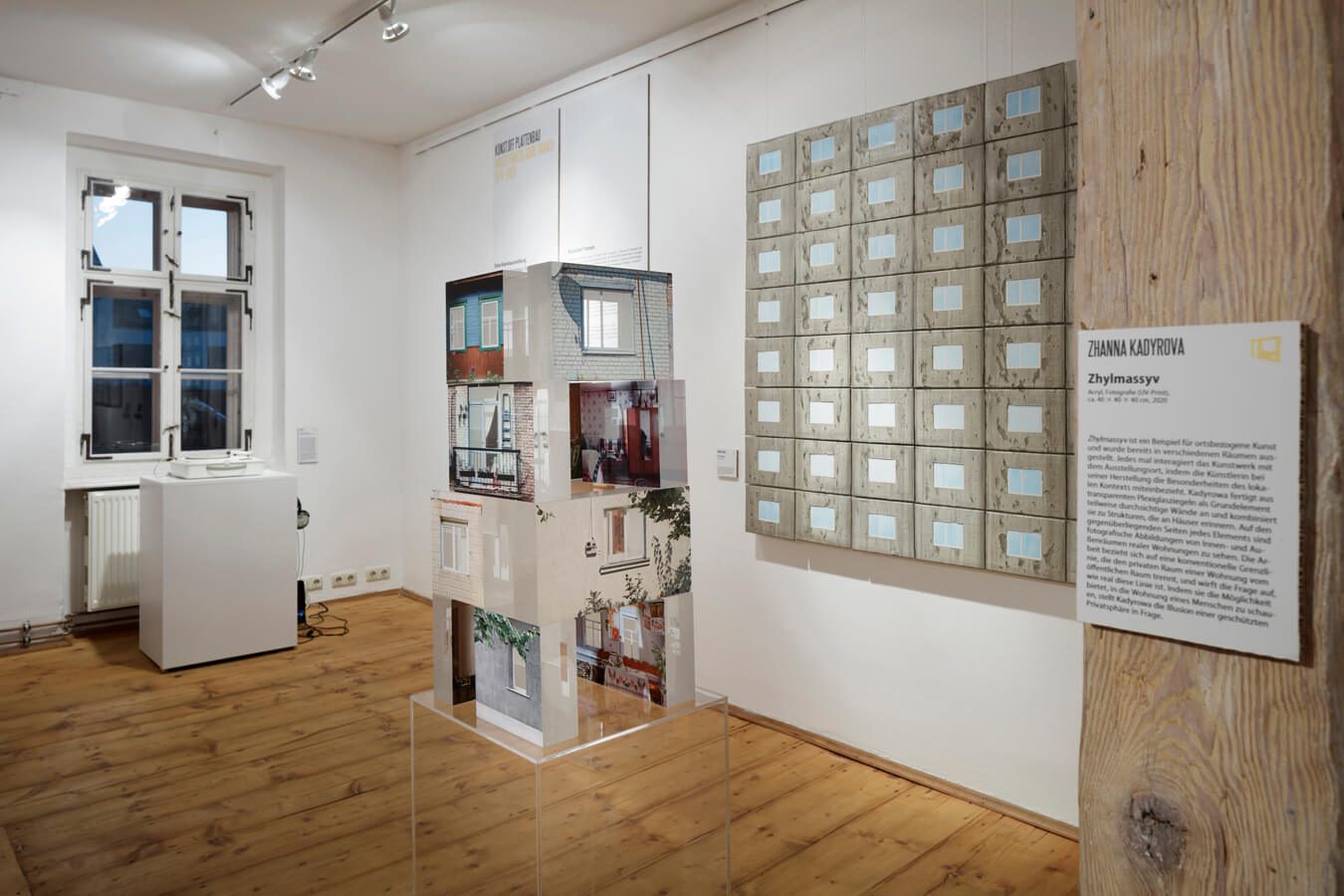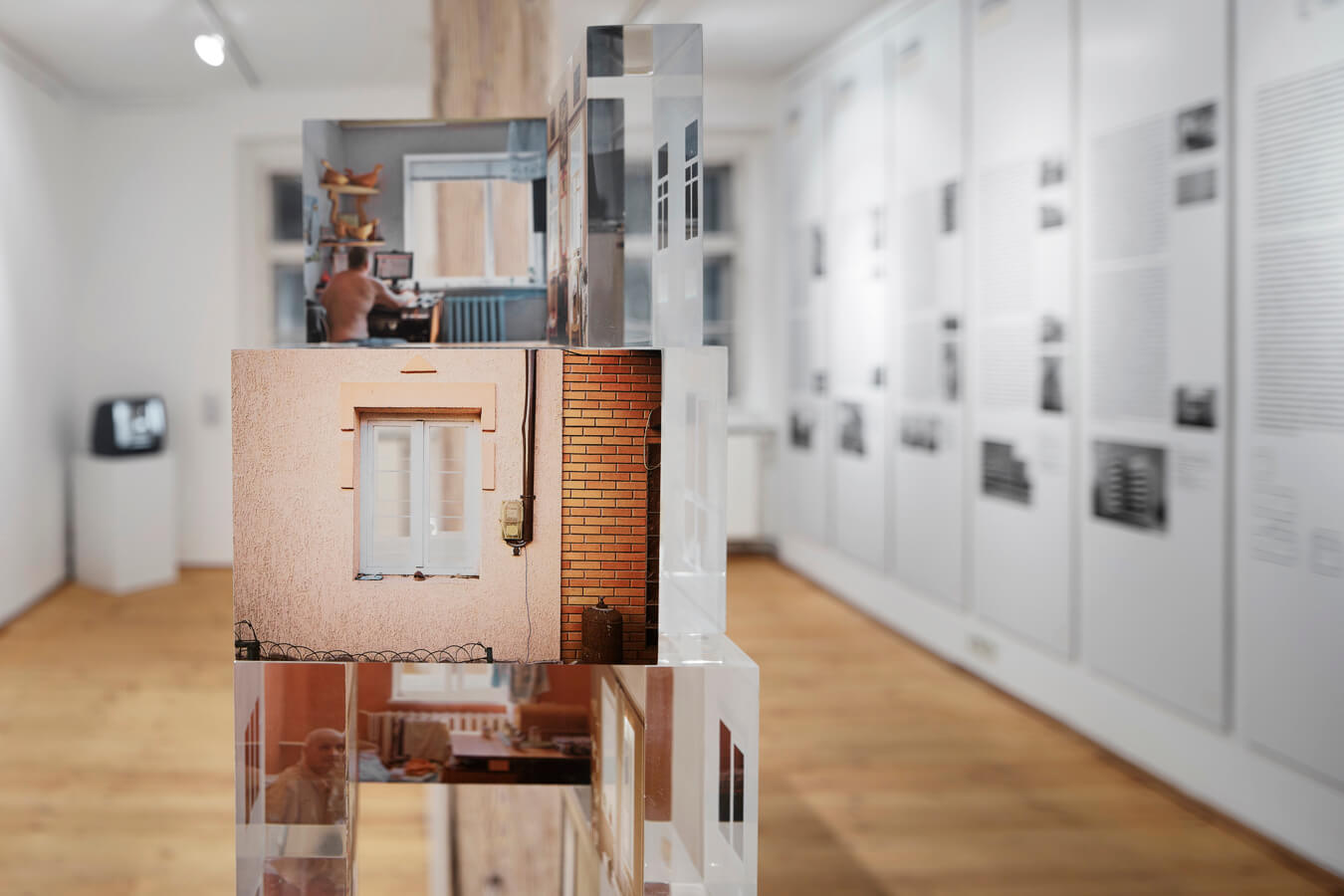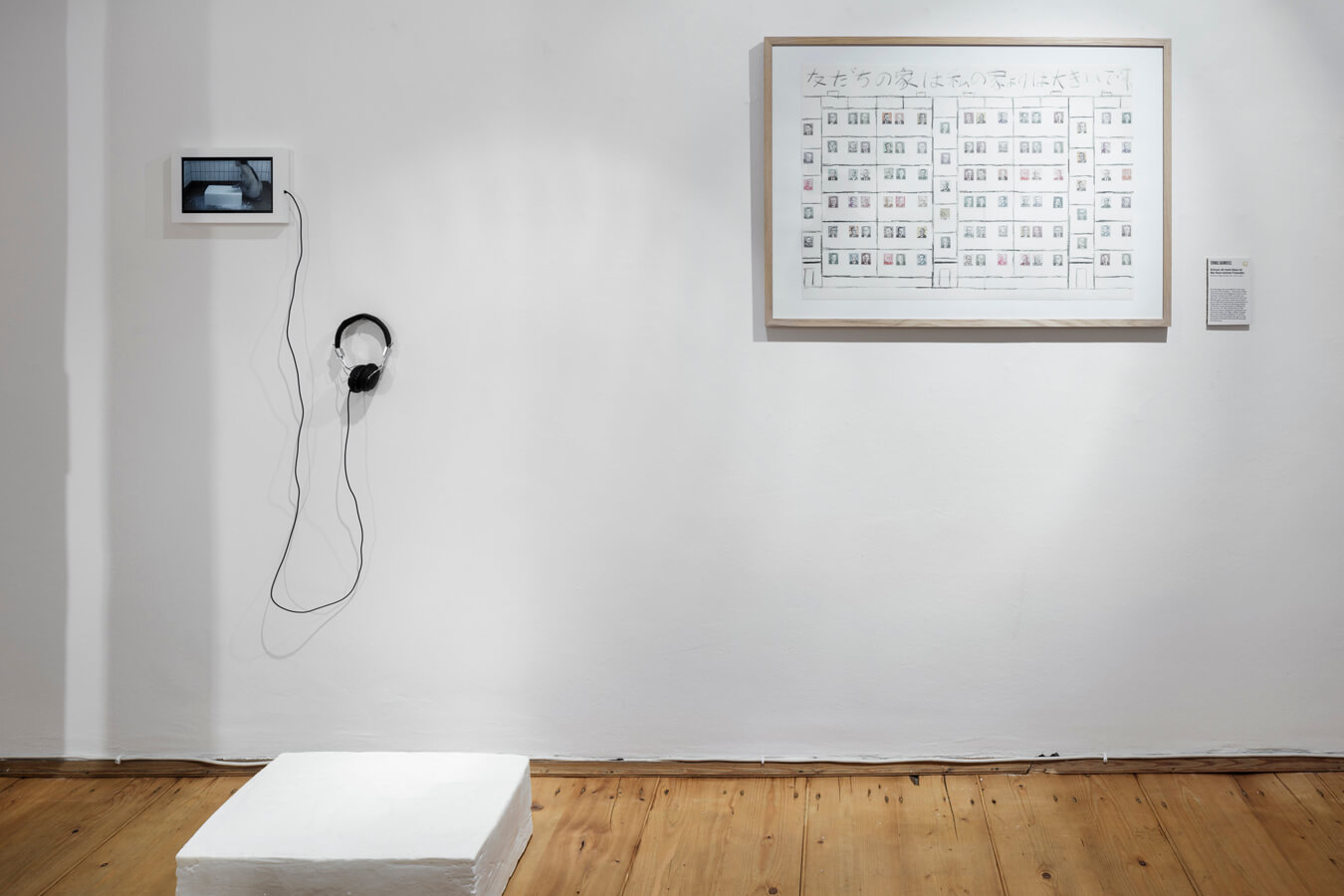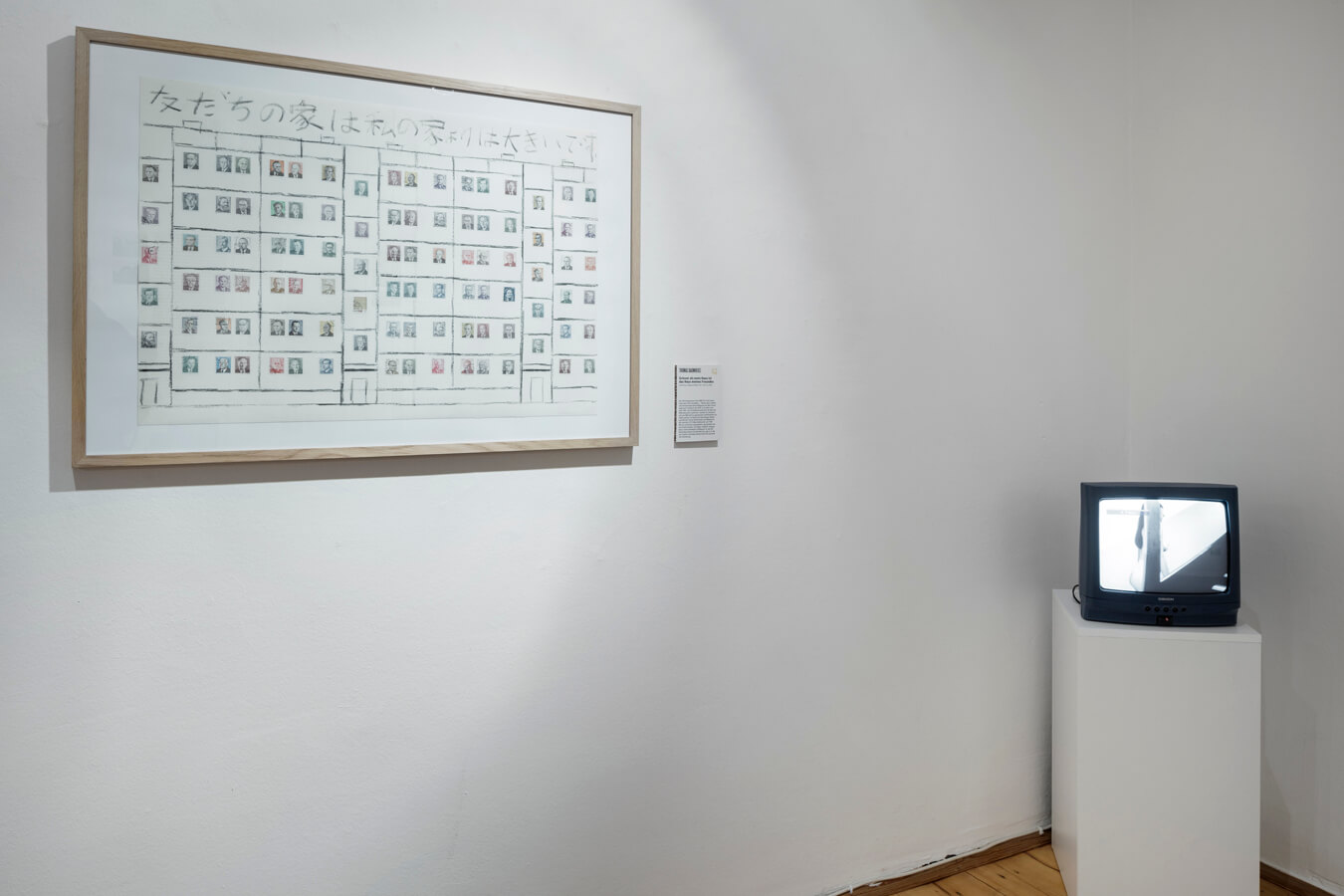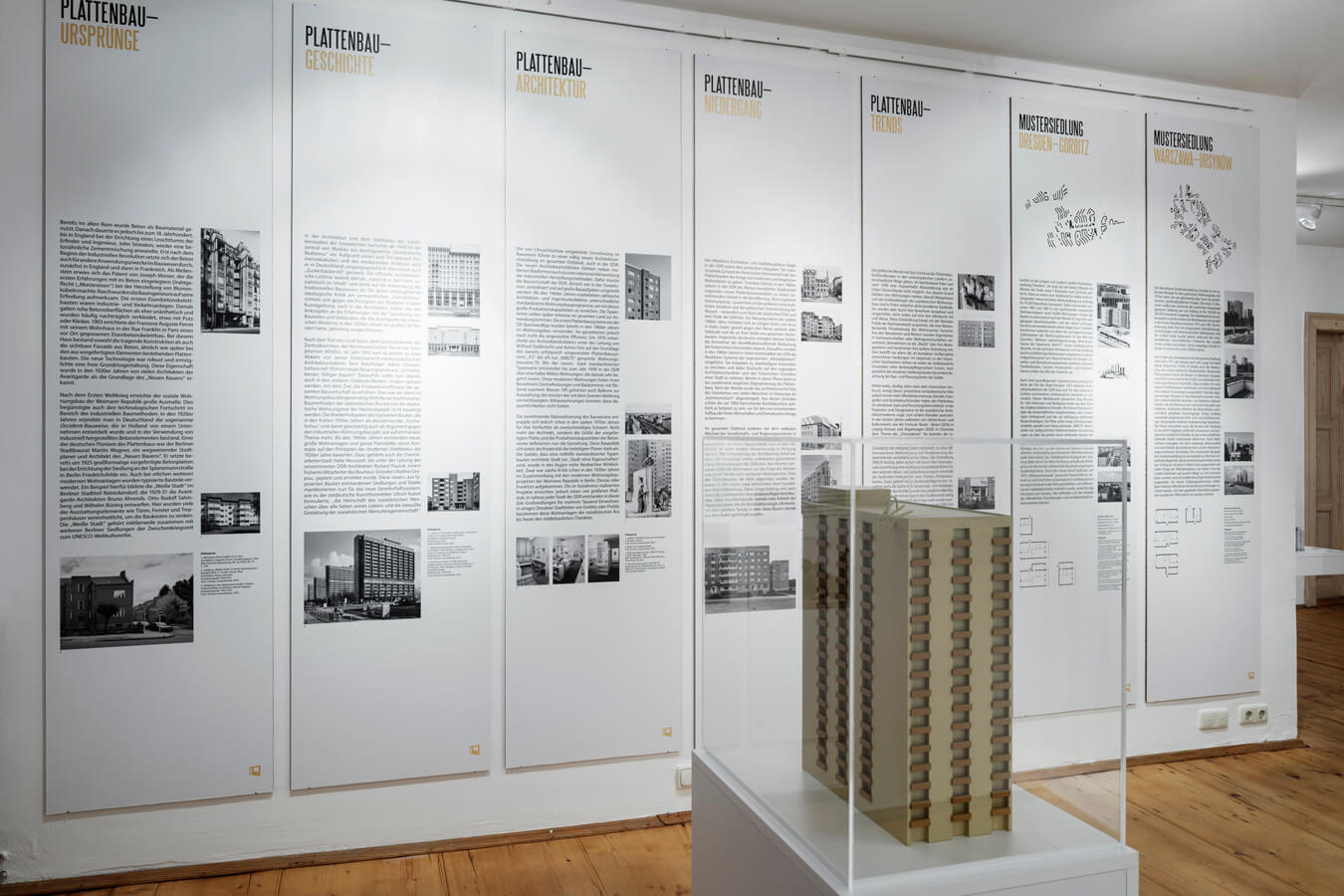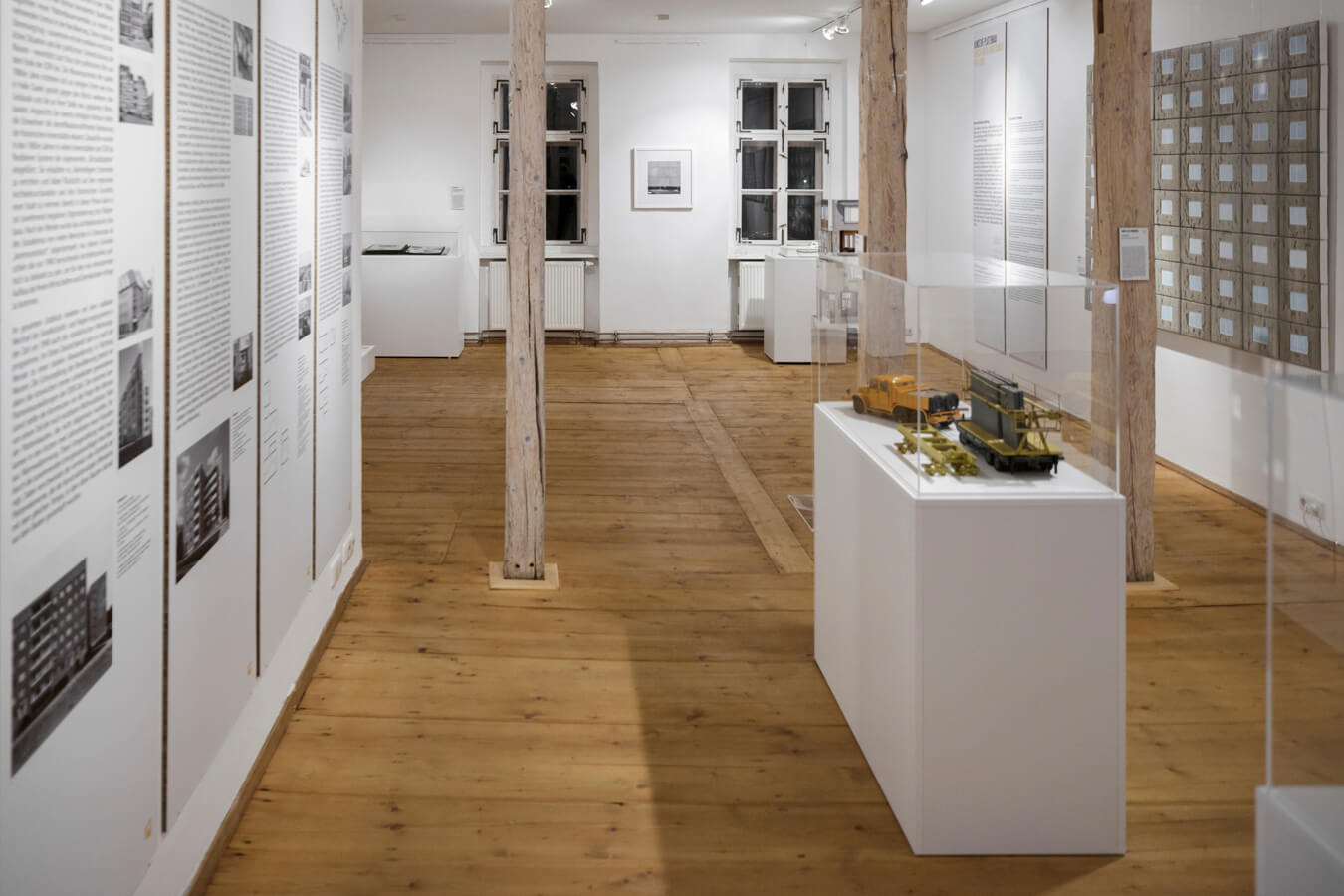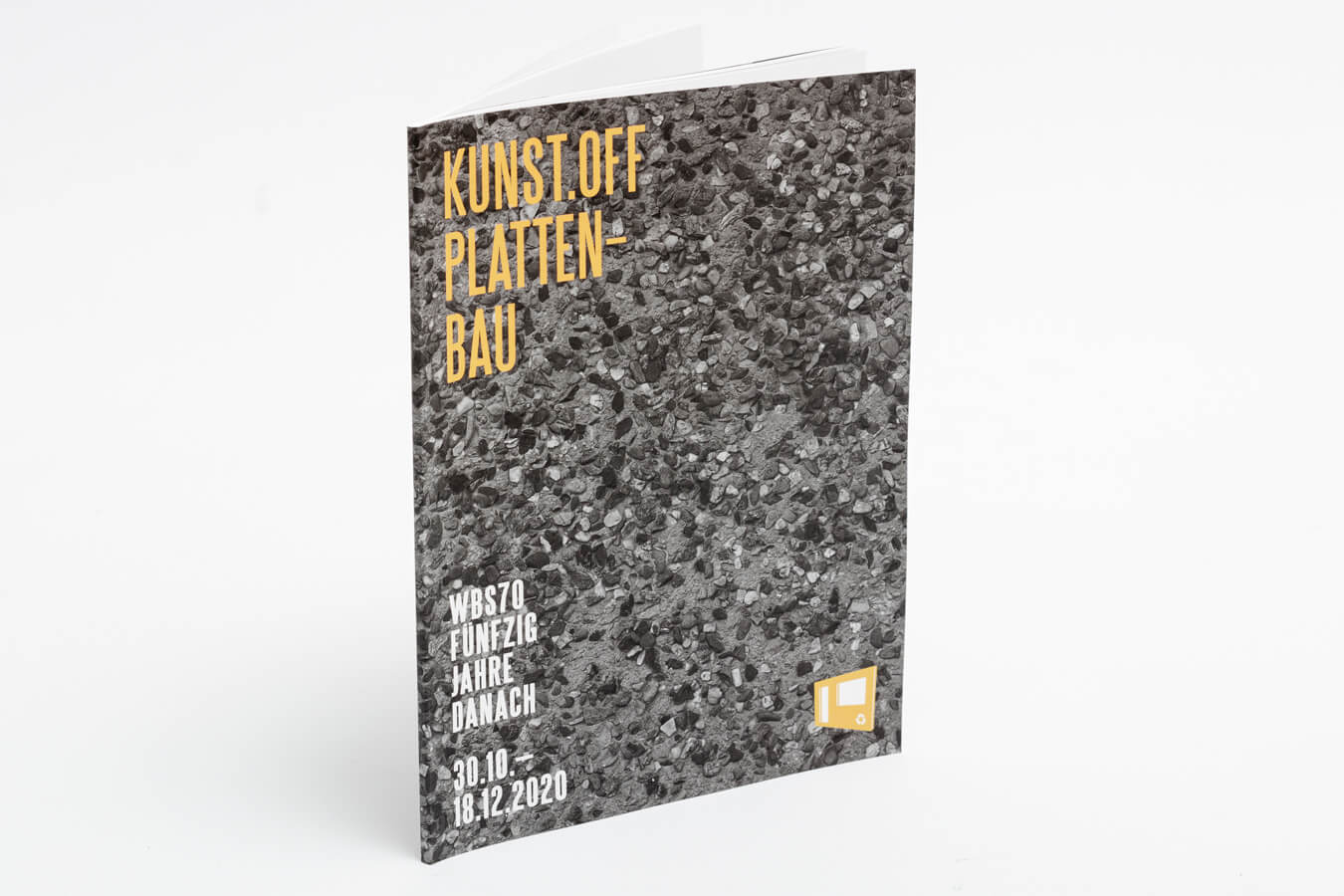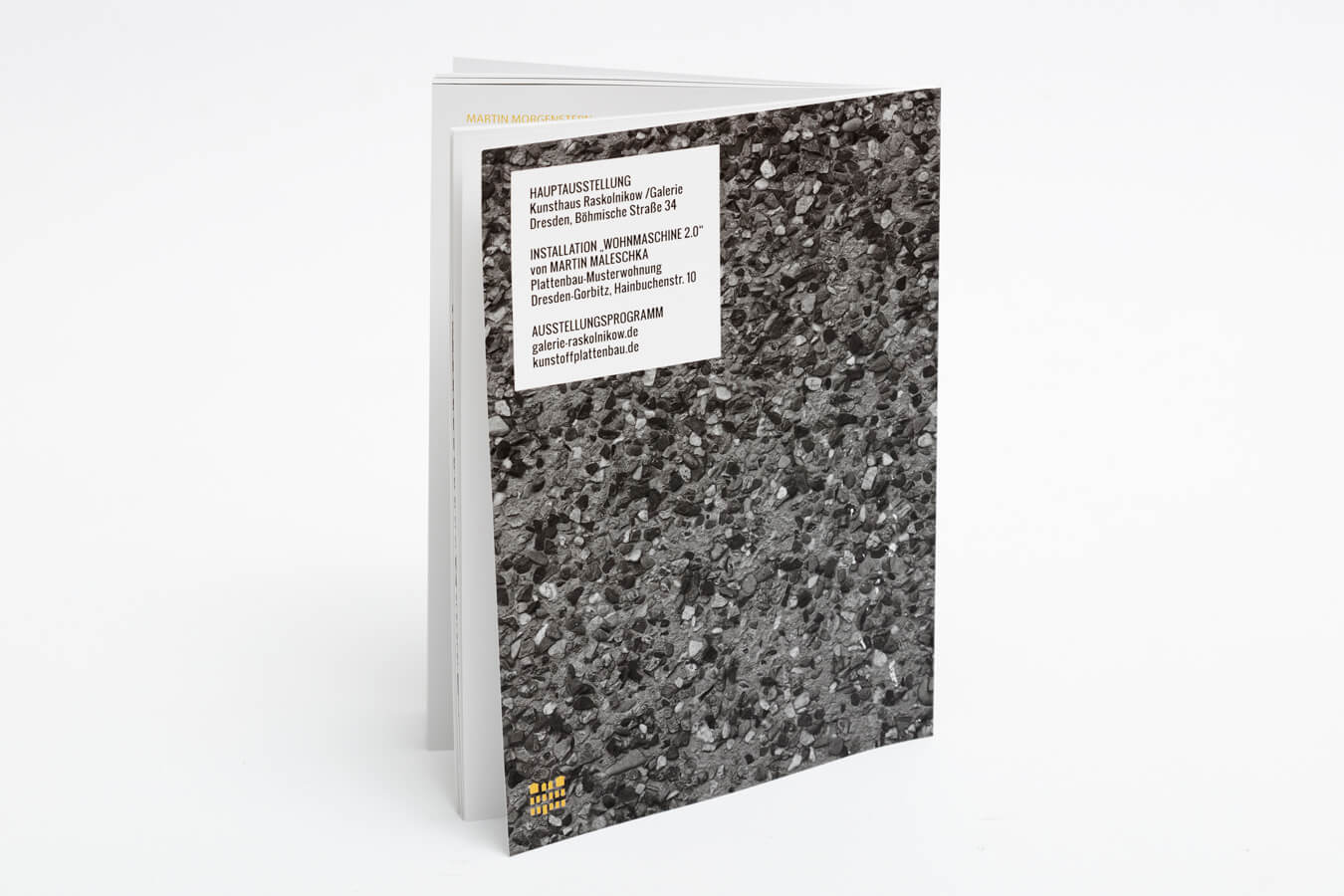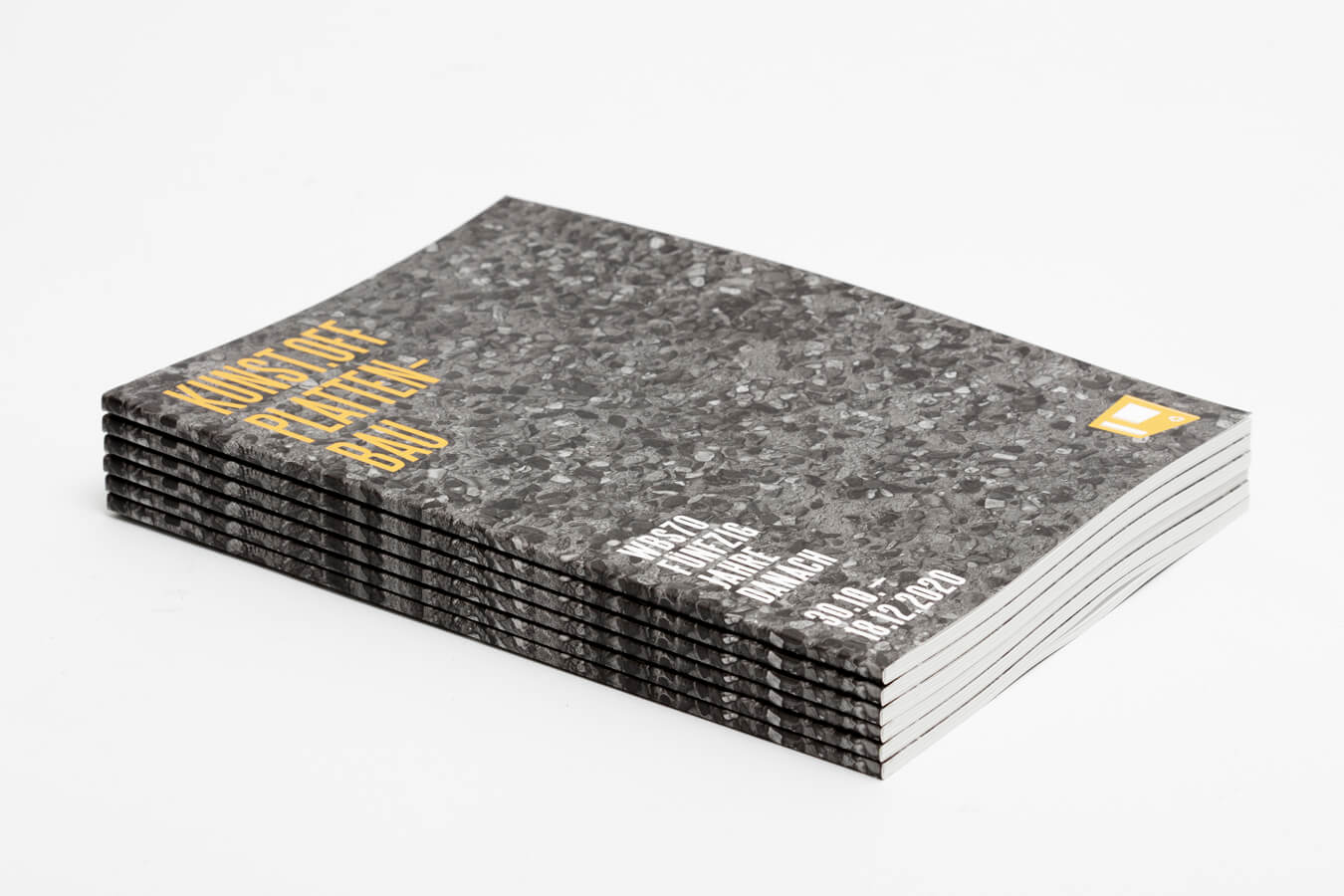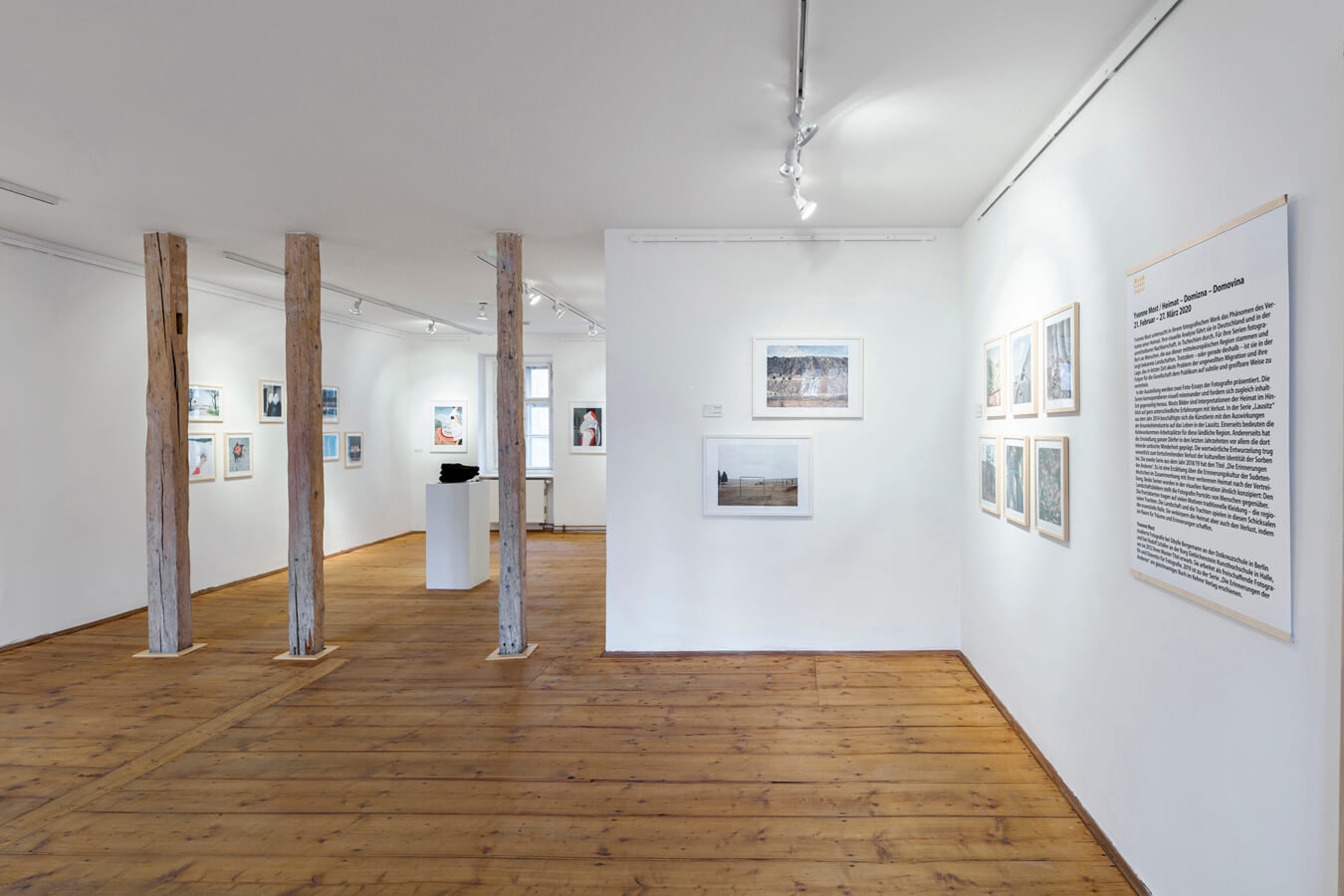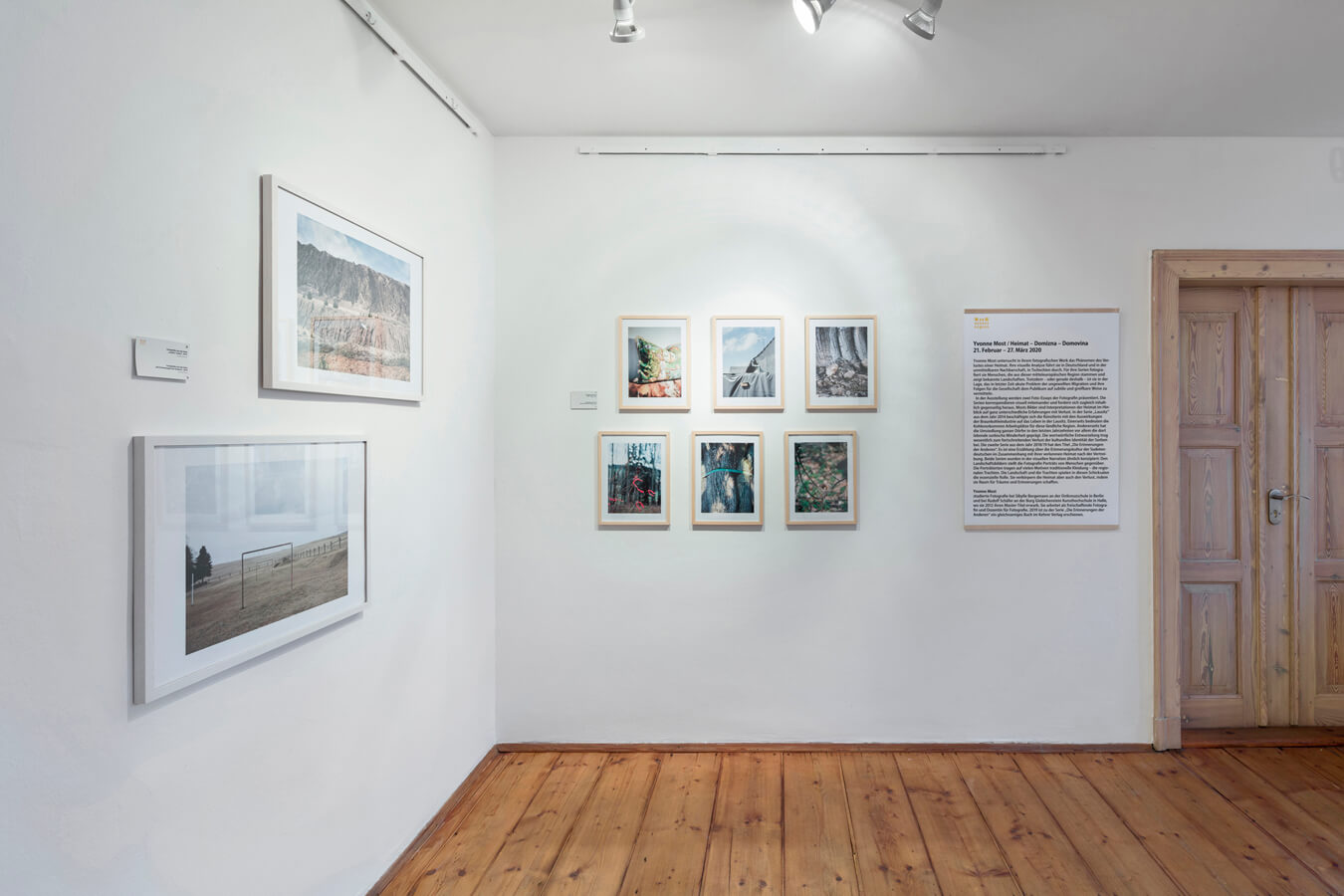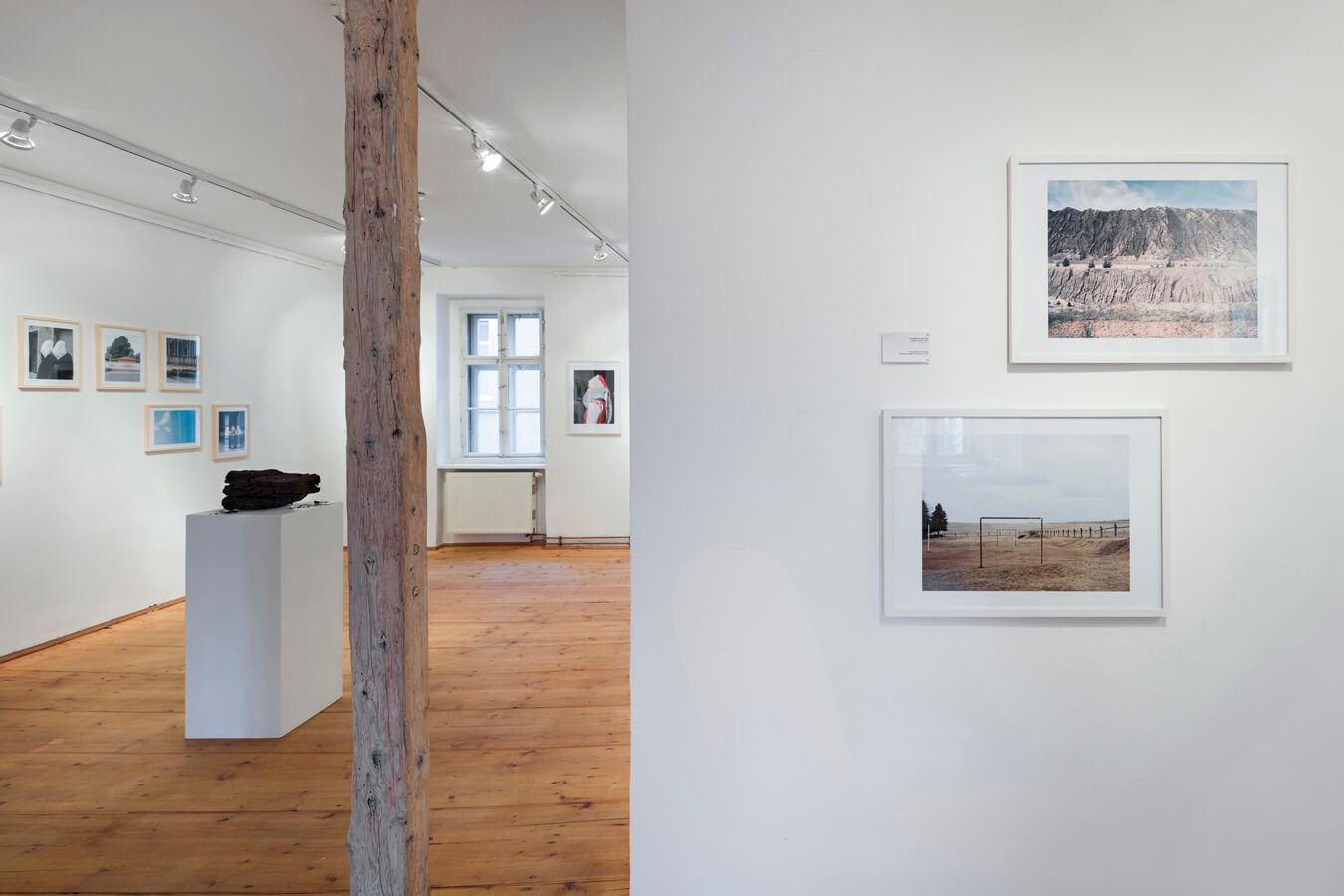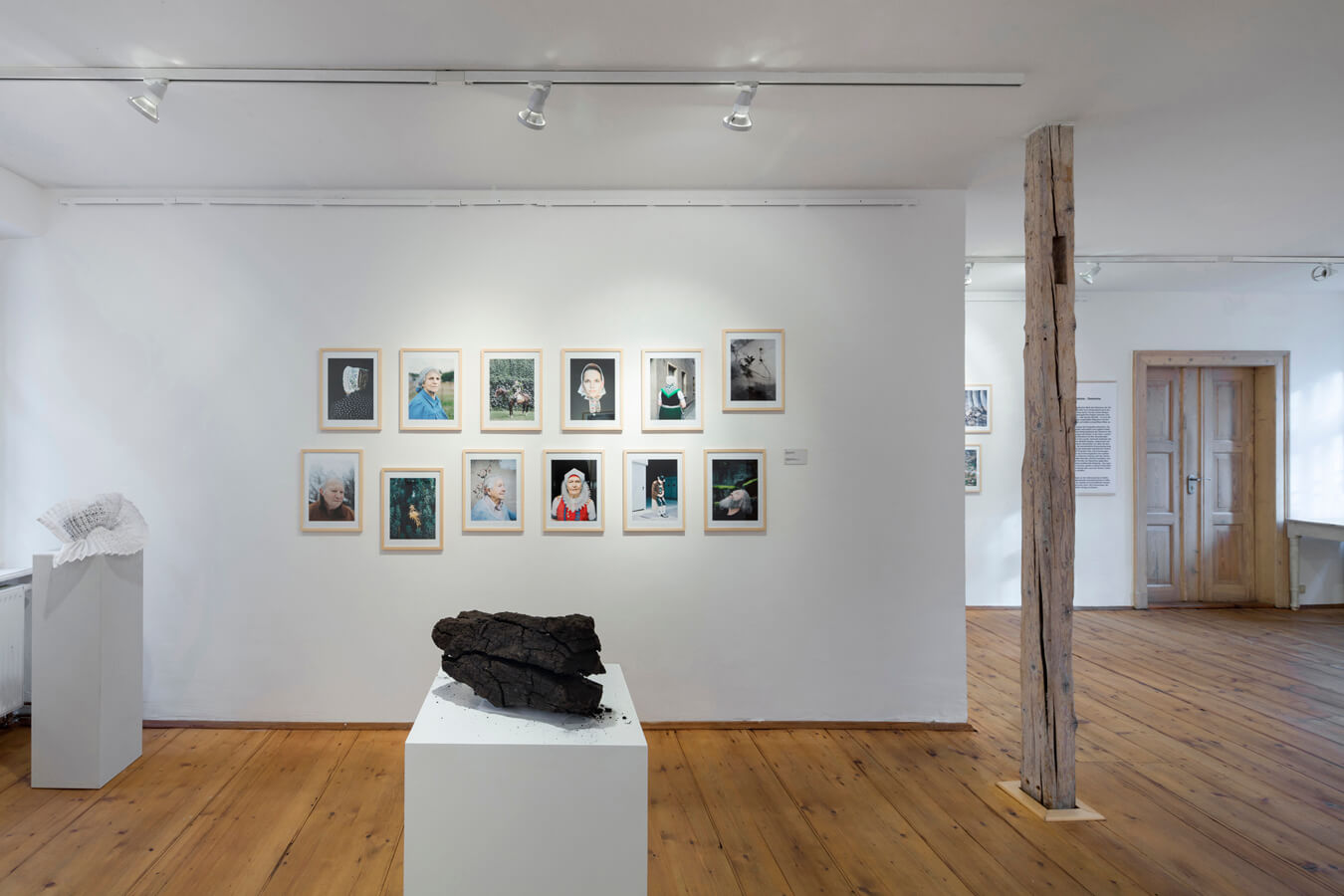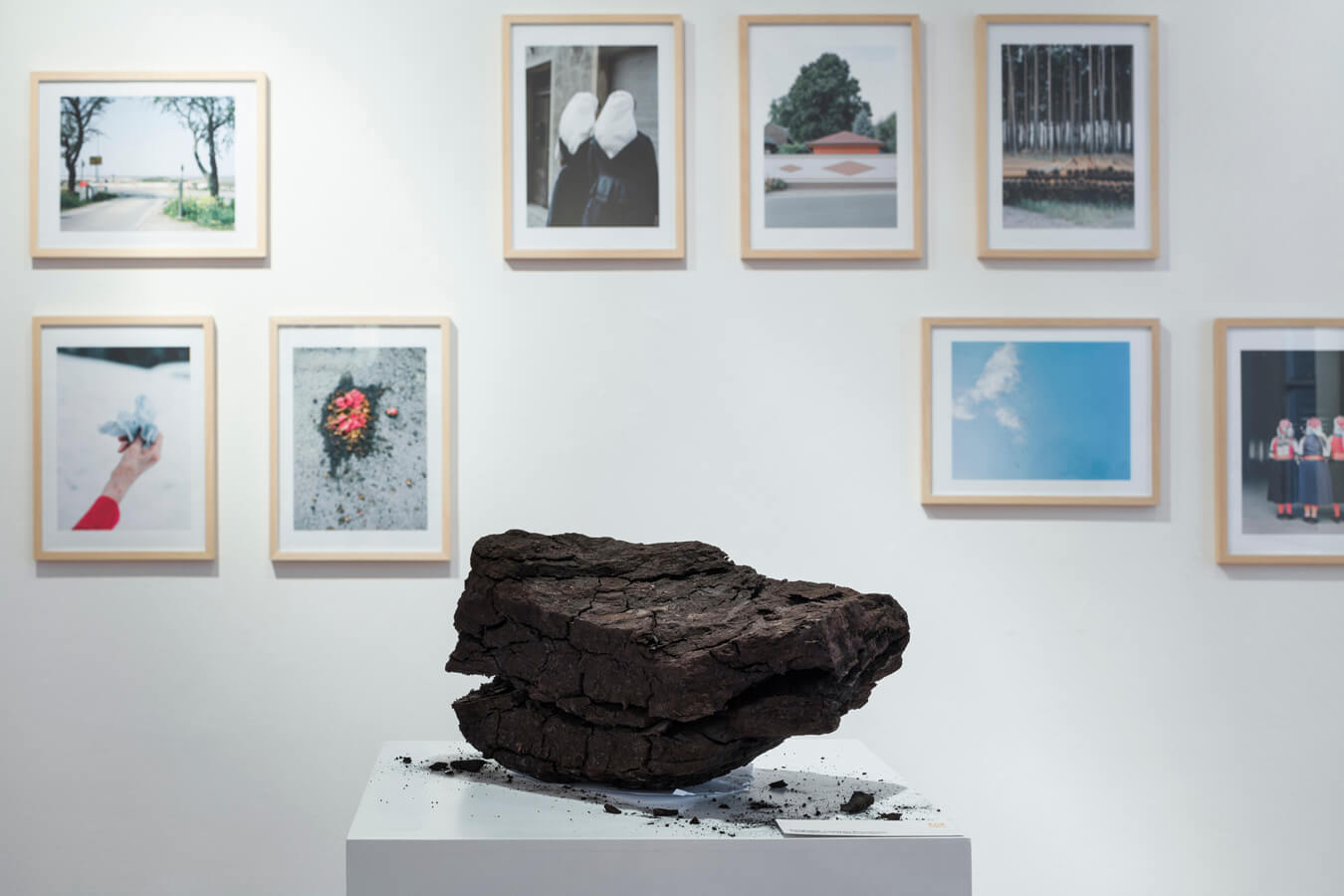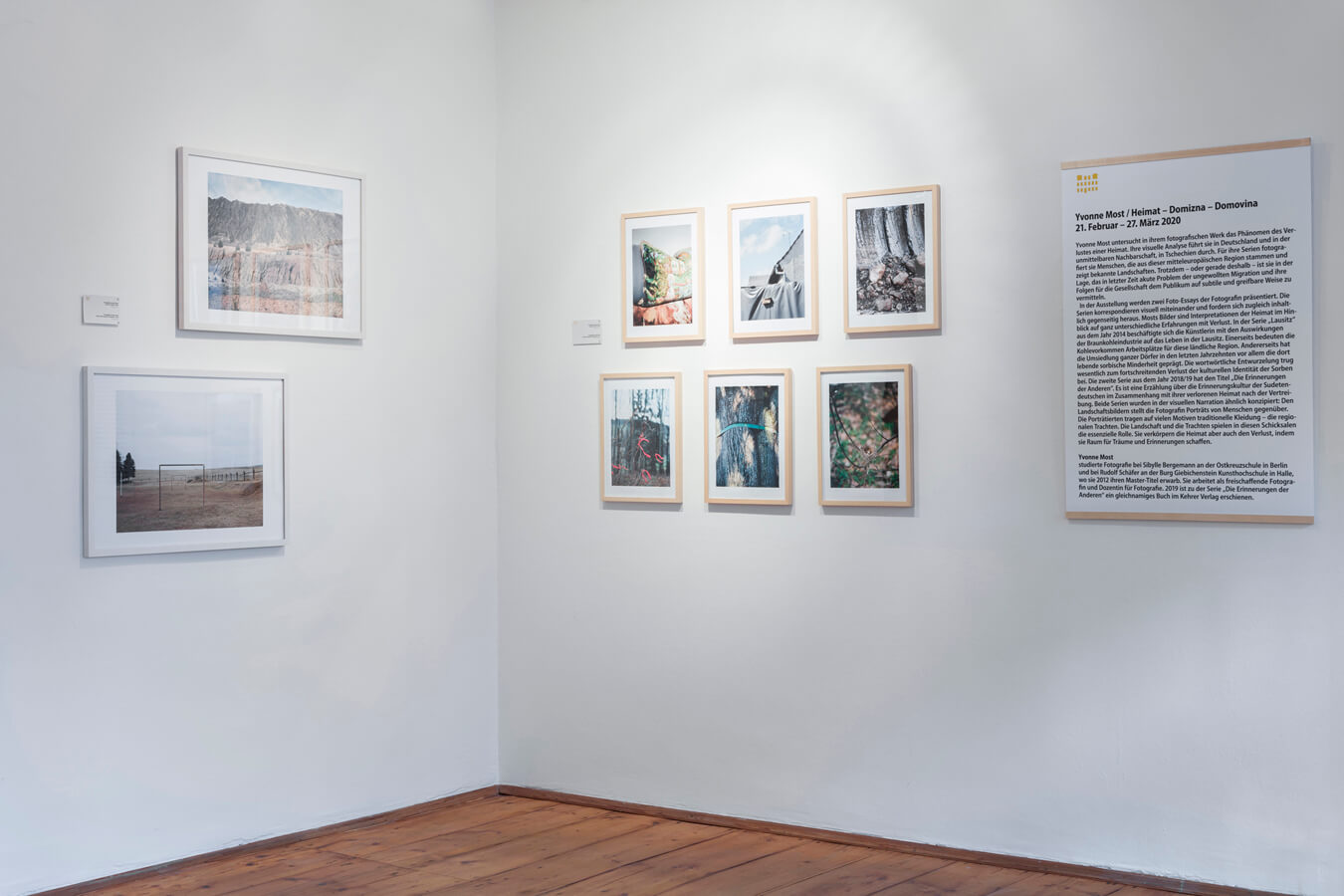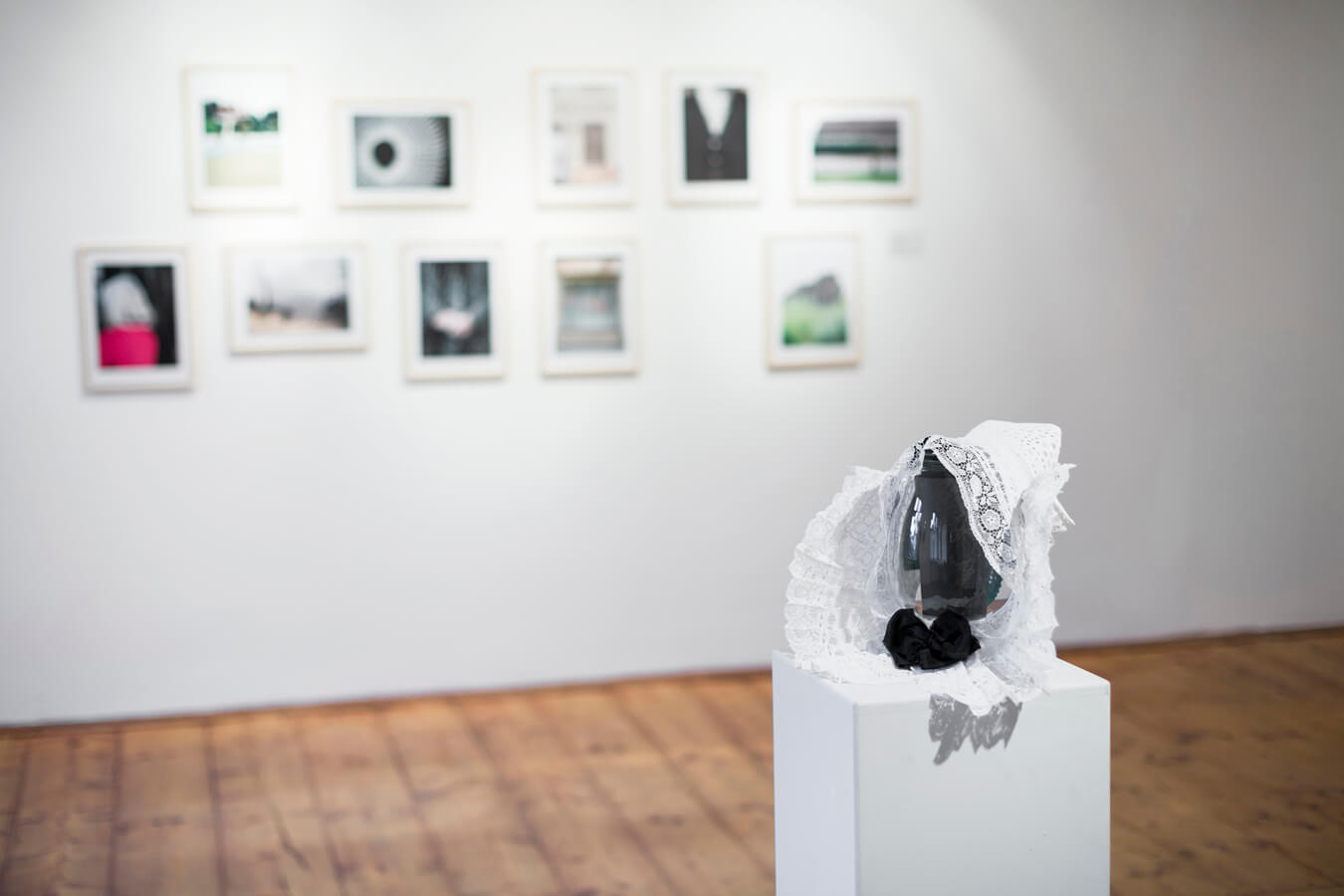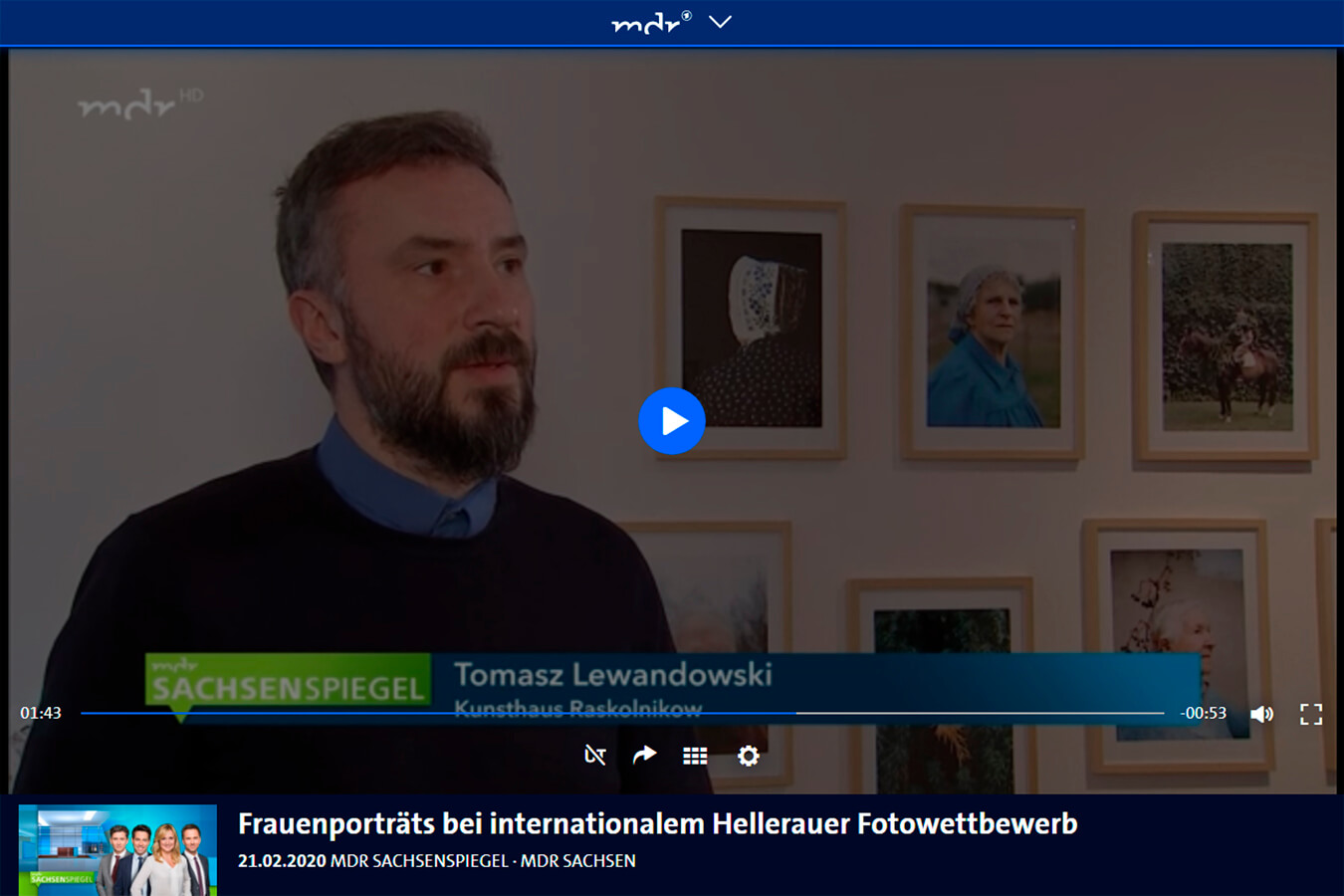Since 2010 I have been developing and curating exhibition projects. In this portfolio page I would like to present selected projects that I have either curated or worked on as a co-curator in the recent years.
Every place influences people, but people also form the place where they live. Nowhere else in Europe today is this interdependence and its significance for the development of regional identity as evident as in Polish Lower Silesia.
The relevance of the question of how to deal with the history of Lower Silesia and the relationship of its inhabitants to this region is demonstrated by the large number of artistic projects on both sides of the border that have been dedicated to this topic in recent years. Among these projects, the artist’s book Nieswojość (German: Unheimisch) by Agata Pankiewicz and Marcin Przybyłko makes a particular impression. The special quality of Nieswojość lies in its unusual format, which combines visual art, literature and, last but not least, book art. As a result, the work offers a remarkably broad spectrum of approaches to the topic of „Silesia today and its identity“.
The photographs from the Nieswojość series by Pankiewicz and Przybyłko provide the background to the exhibition at Fotoforum Dresden. The presentation is complemented by short text excerpts, which are distributed throughout the exhibition space and emphasize the importance of the photo-text tandem.
Unheimisch / Nieswojość —
Agata Pankiewicz & Marcin Przybyłko
Exhibition at the Fotoforum Dresden, 2021—2022
Curator, project coordination, graphic design of the exhibition: Tomasz Lewandowski
Agata Pankiewicz – interior architect, photographer, university lecturer, associate professor at the Academy of Fine Arts in Krakow (Akademia Sztuk Pięknych w Krakowie) in Poland, head of the Department of Animated Film, Photography and Digital Media at the Faculty of Graphic Arts of the Academy of Fine Arts in Krakow.
Marcin Przybyłko – doctor, graduate of the Academy of Fine Arts in Krakow (Akademia Sztuk Pięknych w Krakowie) in Poland, photographer, graphic designer. Co-founder of the graphic design studio Teren Prywatny.
Co-funded by

In their work, both artists use photography to investigate political oppression in the countries of the former Eastern Block. At the same time, they stay independent and innovative in their creative work concepts. The series presented side by side create effective contrasts: the dark, spherical and abstract images of the surveillance apparatus in the prisons (Odnoviun) are juxtaposed with the bright, factual shots of a selection of espionage instruments from everyday life in the GDR (Kastl). The photo series do not show any explicit violence. They are traces and artifacts of repression, on the basis of which the artists conduct their analyses. There is a significant time lag between the photographs and the use of the espionage tools. Odnoviun and Kastl photograph their objects in museums and memorials. This distance and the detachment from the original context create a quasi-laboratory-like setting in which the photographers work precisely and purposefully. Nothing in these pictures seems to be left to coincidence.
The exhibition was accompanied by an illustrated catalog.
The aesthetics of surveillance —
Wolfram Kastl, Valantyn Odnoviun
Exhibition at Gedenkstätte Bautzner Straße Dresden and Kunsthaus Raskolnikow Dresden, 2021
Curators: Christine Bücher, Tomasz Lewandowski
Project coordination, graphic design of the exhibition: Tomasz Lewandowski
Valentyn Odnoviun, Vilnius / photo series Surveillance (born 1987 in Ukraine) is a graduate of the Vilnius Academy of Arts, Faculty of Photography and Media Art (MA) and Theory and History of Arts (MA). He studied at art academies in Poland and Germany.
Wolfram Kastl, Berlin / photo series Staatssicherheit (born 1983 in Karlsruhe) studied photography at the University of Applied Sciences in Munich and at the Burg Giebichenstein University of Art and Design in Halle (MA). His work as a photographic artist focuses on socio-political themes. He works as a photo editor, between 2015 and 2019 at the German Press Agency (dpa) and since 2019 at Greenpeace.
Co-funded by


The political change around 1989/90 not only marked the end of the era of socialist housing projects. Within a few years, the prefabricated buildings lost their image as modern and desirable places to live in most countries of the former Eastern Block. In many regions of the former GDR, there was a continuing decrease in population during this time, even in the former model estates. Some of these residential areas became trouble spots as a result of the new allocation policy. Now, 30 years after this historical transformation, this architectural heritage is attracting more and more public interest. Artists, photographers and architectural historians have discovered prefabricated housing as an interesting subject and field of research. In the pop culture and design scene, socialist architectural modernism („Ostmoderne“) has even become a real star.
The exhibition presented works by international artists dealing with the subject of the industrial housing developments of the period before 1990. The interdisciplinary concept promoted dialog between artists from different countries and at the same time created a kind of research platform for comparing the reception of prefabricated housing in the art of the former Eastern Bloc countries. The background to this exhibition, which was coupled with an extensive supporting program, was the 50th anniversary of the housing series WBS 70, which characterizes the visual appearance of many East German residential areas and towns. The WBS 70 was the most widespread type of prefabricated housing in the GDR.
The exhibition was accompanied by an illustrated catalog and a publication entitled WBS70 fünfzig Jahre danach.
WBS70 fünfzig Jahre danach —
international group exhibition
Exhibition at Kunsthaus Raskolnikow Dresden, 2020—2021
Curator, project coordination, graphic design of the exhibition: Tomasz Lewandowski
With works by
Zhanna Kadyrova (Kiev, UA) / Thomas Baumhekel (Dresden, DE) / Maria Kiesner (Warsaw, PL) / Zuzanna Krynska (Görlitz-Warsaw, PL) / Martin Maleschka (Cottbus, DE) / Martin Morgenstern (Dresden, DE) / Stefan Paruch (Warsaw, PL) / Alex Rex (Halle, DE) / Christine Starke (Dresden, DE) / Daniela Iva Svobodova (Halle-Prague, CZ) / Hendrik Voerkel (Leipzig, DE) / Kollektiv Zupagrafika (David Navarro, Martyna Sobecka, Poznan, ES, PL)
exhibition partners
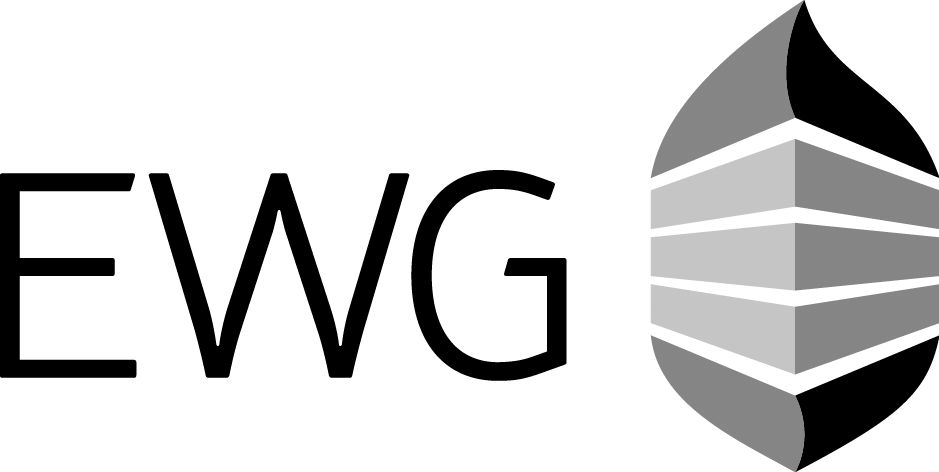

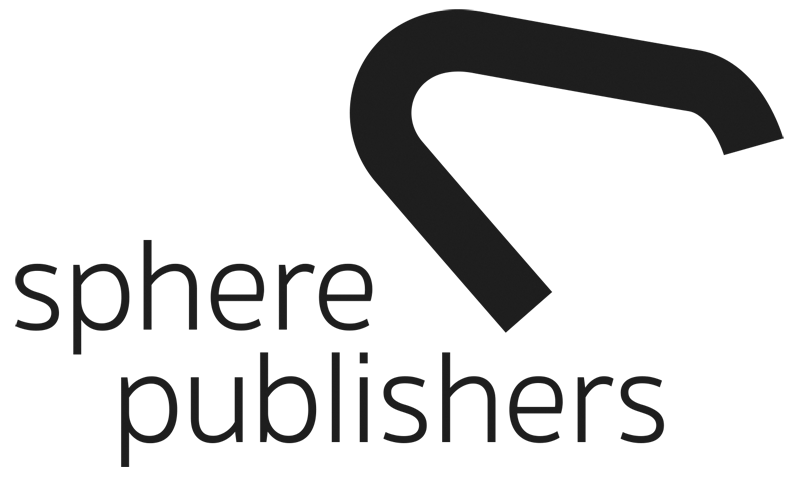


Co-funded by
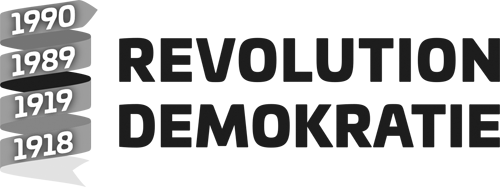


In her photographic work examines Yvonne Most the phenomenon of the loss of a homeland. She focuses her visual analysis on Germany and its immediate neighborhood, the Czech Republic. For her series, she takes photographs of people who come from this Central European region and shows familiar landscapes. Despite this – or precisely because of this – she is able to communicate the recently acute problem of unwanted migration and its consequences for society to the public in a subtle and tangible way.
Two photo essays by the photographer were presented in the exhibition. The series correspond visually with each other and at the same time challenge each other regarding content. Most’s images are interpretations of home in terms of very different experiences of loss. In the Lausitz series from 2014, the artist explored the effects of the coal industry on life in Lusatia. On the one hand, the coal deposits mean jobs for this rural region. On the other hand, the resettlement of entire villages in recent decades has had a particular impact on the Sorbian minority living there. The literal rootlessness contributed significantly to the progressive loss of the Sorbs‘ cultural identity. The second series from 2018/19 is entitled The Memories of Others. It is a narrative about the Sudeten Germans‘ culture of remembrance in connection with their lost homeland after the exodus. Both series were conceived similarly in their visual narration: The photographer juxtaposes the landscape images with portraits of people. In many of the motifs, the people portrayed are wearing traditional clothing – the regional costumes. The landscape and traditional costumes play an essential role in these stories. They represent home, but also the loss, by creating space for dreams and memories.
Heimat, Domizna, Domovina —
Yvonne Most
Exhibition at Kunsthaus Raskolnikow Dresden, 2020
Curator, project coordination, graphic design of the exhibition: Tomasz Lewandowski
Yvonne Most studied photography with Sibylle Bergemann at the Ostkreuzschule in Berlin and with Rudolf Schäfer at the Burg Giebichenstein Kunsthochschule in Halle, where she completed her Master’s degree in 2012. She works as a freelance photographer and photography lecturer. In 2019 she published a book Die Erinnerungen der Anderen (The Memories of Others) by Kehrer Verlag. The book was recently awarded the prestigious German Photo Book Prize in silver.
exhibition partner
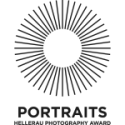
Exhibition at the Fotoforum Dresden, 2021—2022
Curator, project coordination, graphic design of the exhibition: Tomasz Lewandowski
Every place influences people, but people also form the place where they live. Nowhere else in Europe today is this interdependence and its significance for the development of regional identity as evident as in Polish Lower Silesia.
The relevance of the question of how to deal with the history of Lower Silesia and the relationship of its inhabitants to this region is demonstrated by the large number of artistic projects on both sides of the border that have been dedicated to this topic in recent years. Among these projects, the artist’s book Nieswojość (German: Unheimisch) by Agata Pankiewicz and Marcin Przybyłko makes a particular impression. The special quality of Nieswojość lies in its unusual format, which combines visual art, literature and, last but not least, book art. As a result, the work offers a remarkably broad spectrum of approaches to the topic of „Silesia today and its identity“.
The photographs from the Nieswojość series by Pankiewicz and Przybyłko provide the background to the exhibition at Fotoforum Dresden. The presentation is complemented by short text excerpts, which are distributed throughout the exhibition space and emphasize the importance of the photo-text tandem.
The aesthetics of surveillance —
Wolfram Kastl, Valantyn Odnoviun
Exhibition at Gedenkstätte Bautzner Straße Dresden and Kunsthaus Raskolnikow Dresden, 2021
Curators: Christine Bücher, Tomasz Lewandowski
Project coordination, graphic design of the exhibition: Tomasz Lewandowski
In their work, both artists use photography to investigate political oppression in the countries of the former Eastern Block. At the same time, they stay independent and innovative in their creative work concepts. The series presented side by side create effective contrasts: the dark, spherical and abstract images of the surveillance apparatus in the prisons (Odnoviun) are juxtaposed with the bright, factual shots of a selection of espionage instruments from everyday life in the GDR (Kastl). The photo series do not show any explicit violence. They are traces and artifacts of repression, on the basis of which the artists conduct their analyses. There is a significant time lag between the photographs and the use of the espionage tools. Odnoviun and Kastl photograph their objects in museums and memorials. This distance and the detachment from the original context create a quasi-laboratory-like setting in which the photographers work precisely and purposefully. Nothing in these pictures seems to be left to coincidence.
The exhibition was accompanied by an illustrated catalog.
WBS70 fünfzig Jahre danach —
international group exhibition
Exhibition at Kunsthaus Raskolnikow Dresden, 2020—2021
Curator, project coordination, graphic design of the exhibition: Tomasz Lewandowski
The political change around 1989/90 not only marked the end of the era of socialist housing projects. Within a few years, the prefabricated buildings lost their image as modern and desirable places to live in most countries of the former Eastern Block. In many regions of the former GDR, there was a continuing decrease in population during this time, even in the former model estates. Some of these residential areas became trouble spots as a result of the new allocation policy. Now, 30 years after this historical transformation, this architectural heritage is attracting more and more public interest. Artists, photographers and architectural historians have discovered prefabricated housing as an interesting subject and field of research. In the pop culture and design scene, socialist architectural modernism („Ostmoderne“) has even become a real star.
The exhibition presented works by international artists dealing with the subject of the industrial housing developments of the period before 1990. The interdisciplinary concept promoted dialog between artists from different countries and at the same time created a kind of research platform for comparing the reception of prefabricated housing in the art of the former Eastern Bloc countries. The background to this exhibition, which was coupled with an extensive supporting program, was the 50th anniversary of the housing series WBS 70, which characterizes the visual appearance of many East German residential areas and towns. The WBS 70 was the most widespread type of prefabricated housing in the GDR.
The exhibition was accompanied by an illustrated catalog and a publication entitled WBS70 fünfzig Jahre danach.
Heimat, Domizna, Domovina —
Yvonne Most
Exhibition at Kunsthaus Raskolnikow Dresden, 2020
Curator, project coordination, graphic design of the exhibition: Tomasz Lewandowski
In her photographic work examines Yvonne Most the phenomenon of the loss of a homeland. She focuses her visual analysis on Germany and its immediate neighborhood, the Czech Republic. For her series, she takes photographs of people who come from this Central European region and shows familiar landscapes. Despite this – or precisely because of this – she is able to communicate the recently acute problem of unwanted migration and its consequences for society to the public in a subtle and tangible way.
Two photo essays by the photographer were presented in the exhibition. The series correspond visually with each other and at the same time challenge each other regarding content. Most’s images are interpretations of home in terms of very different experiences of loss. In the Lausitz series from 2014, the artist explored the effects of the coal industry on life in Lusatia. On the one hand, the coal deposits mean jobs for this rural region. On the other hand, the resettlement of entire villages in recent decades has had a particular impact on the Sorbian minority living there. The literal rootlessness contributed significantly to the progressive loss of the Sorbs‘ cultural identity. The second series from 2018/19 is entitled The Memories of Others. It is a narrative about the Sudeten Germans‘ culture of remembrance in connection with their lost homeland after the exodus. Both series were conceived similarly in their visual narration: The photographer juxtaposes the landscape images with portraits of people. In many of the motifs, the people portrayed are wearing traditional clothing – the regional costumes. The landscape and traditional costumes play an essential role in these stories. They represent home, but also the loss, by creating space for dreams and memories.



